themeistersinger
Footballguy
Putin's War, Week 105. Sweden Prepares to Be Heard
The biggest news to come out in this intercepted Luftwaffe call is actually the technical complexity of supplying Taurus to Ukraine:
if the political decision was made today, it would take at least 6-8 months to adapt the missile for use on SU or F-16s according to the discussion
Germany will participate in the procurement of the Czech-located artillery ammunition. The German MoD told ARD that they want to participate in the financing and cover a “significant part” of the total costs. Talks on this are at a very advanced stage.
It is not yet known how much money Germany will provide and what type of ammunition — 122mm or 155mm — will be financed.
Just one day before the Czech President's announcement, Olaf Scholz announced that Germany would buy 120,000 122mm artillery shells and deliver them to Ukraine this year — presumably for a three-digit million sum.
Graph shows the average number of daily Russian personnel losses in the war in Ukraine, from March 2022 to February 2024.
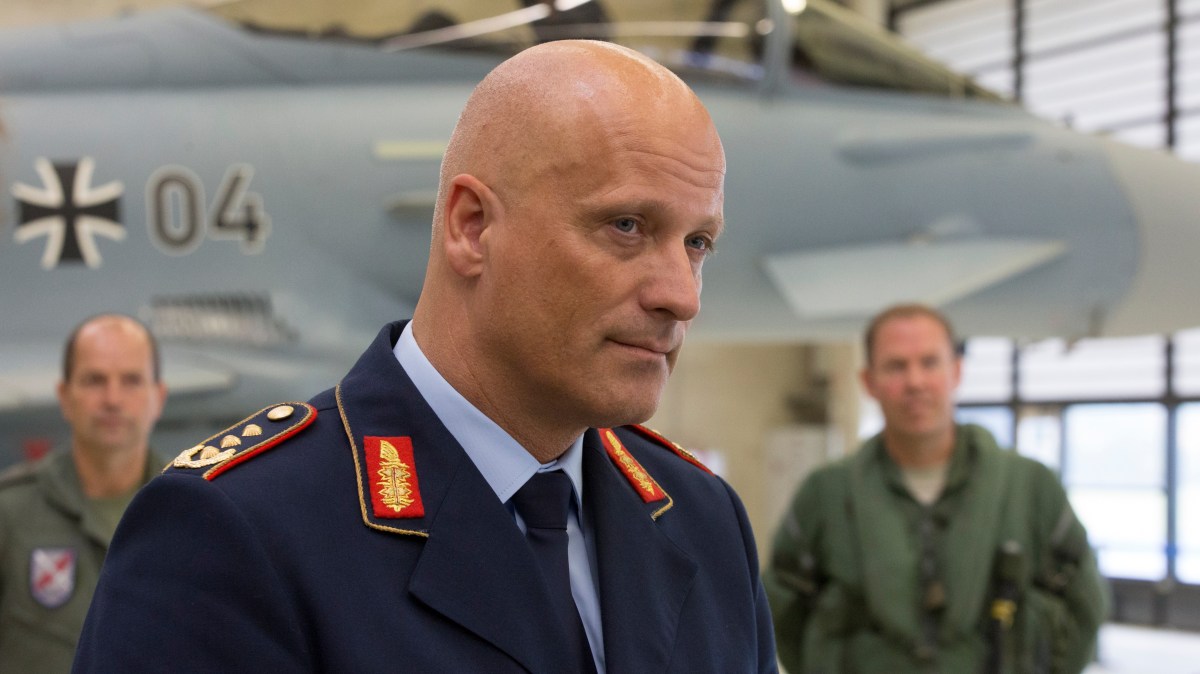
The head of the German air force used a telephone line that was not encrypted to discuss highly sensitive military secrets including the use of British “people on the ground” who would be able to help Germany deploy cruise missiles to Ukraine.
Britain and other Nato allies will be dismayed at the security breach, described by Olaf Scholz, the German chancellor, as “very serious”.
Russia intercepted talks between Lieutenant General Ingo Gerhartz and three senior Luftwaffe officers as they used standard off-the-shelf Webex video conference software, running on an office line, for top secret military planning.
Included was confirmation that the British military is deployed in Ukraine, and could be used for training to help prevent German political embarrassment, as well as important details on the deployment of British Storm Shadow missiles.
Gerhartz, head of the operations and exercises department, held the 38-minute conference call on February 19, while outside Germany, to discuss the potential deployment of German Taurus cruise missiles to Ukraine amid political divisions in Scholz’s coalition over the move.
Gerhartz began the call by stating that “no one knows why the federal chancellor is blocking the dispatch of the missiles — this gives rise to all sorts of outlandish rumours”.
“If we’re asked about delivery methods. I know how the British do this. They always transport them in Ridgeback armoured vehicles. They have several people on the ground,” he said, according to a Russian transcript of the call which has been confirmed as authentic by the German defence ministry.
In another security breach, Gerhartz explained how the French “send [Audi] Q7s loaded with Scalp missiles to Ukraine”. The air force general is said to have joined the conversation from his mobile phone from a hotel room in Singapore.
Germany has about 600 Taurus missiles and is considering sending 100 to Ukraine in two batches of 50 to ensure the missile “won’t change the course of the hostilities”.
“That’s why we don’t want to send all of them. And not all of them in one batch. We may first send 50 missiles, and then give them another 50. This is absolutely clear, but this is big politics,” said Gerhartz. “I have learnt from my French and British colleagues that the situation with the Storm Shadow and Scalp missiles is the same.”
The officers went on to discuss targets the Ukrainians might hit with the missiles, which have a 500km range, such as Russian ammunition depots and the Kerch Bridge to Crimea.
The German officers believe it would take 10 to 20 Taurus missiles to bypass Russian air defences and destroy the bridge in an aircraft operation. “There’s no real reason to say we can’t do it; it just depends on the political red lines,” said the air force chief.
Zelensky’s inability to forge a political consensus on a mobilization strategy — despite months of warnings about a severe shortage of qualified troops on the front — has fueled deep divisions in Ukraine’s parliament and more broadly in Ukrainian society. It has left the military relying on a hodgepodge of recruiting efforts and sown panic among fighting-age men, some of whom have gone into hiding, worried that they will be drafted into an ill-equipped army and sent to certain death given that aid for Ukraine remains stalled in Washington.
The quandary over how to fill the ranks has confronted Zelensky with perhaps the greatest challenge to his leadership since the start of the February 2022 invasion. The lack of a clear mobilization strategy — or even agreement on how many more troops Ukraine needs — factored into Zelensky’s dismissal of his top general in February, but the new commander in chief, Oleksandr Syrsky, so far has brought no new clarity.
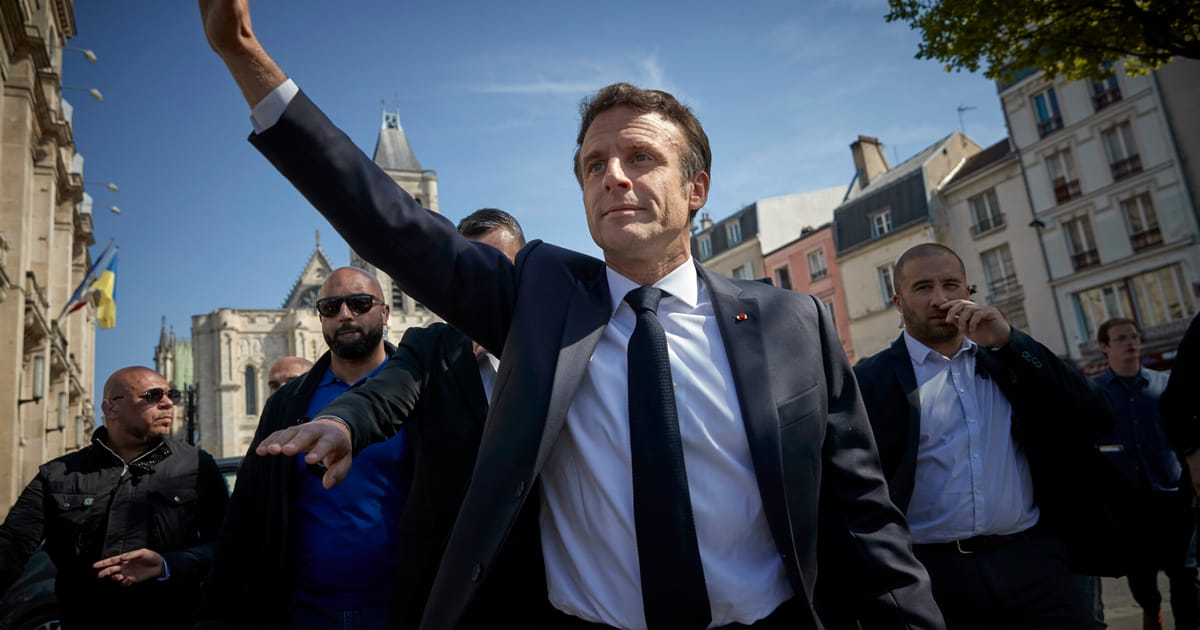
So, then why open this Pandora’s box?
One reason might have been to finally respond to growing allied pressure over sending more military aid to Ukraine. Scholz and others had raised this with Macron repeatedly, and the Chancellor even asked Biden to push the point when the two met in Washington in early February.
France’s military support to Ukraine is, indeed, quite small — at least compared to Germany’s. So far, France has committed around €6.8 billion (including a promised €3 billion for 2024), whereas Germany has given €17.7 billion in direct military aid over the past two years. But while Paris argues that its contributions are militarily more significant — including long-range missiles that Berlin has refused to supply, for example — its overall effort is seriously lacking.
And Macron himself did little to dispel the notion that he was stung by German criticism. “Many of the people who say ‘never, never’ today were the same people who said ‘never, never tanks; never, never planes; never, never long-range missiles; never, never this’ two years ago,” Macron said, making a clear dig at Germany. “I remind you that two years ago, many around this table said: ‘We will offer sleeping bags and helmets,’” he added.
As of the end of February 2024, Russia occupies 17.51% (+0.02%) of Ukraine.
This represents a net gain in Russia's favour of 137.95km² since the end of January, the largest net gain for Russia since January of 2023.
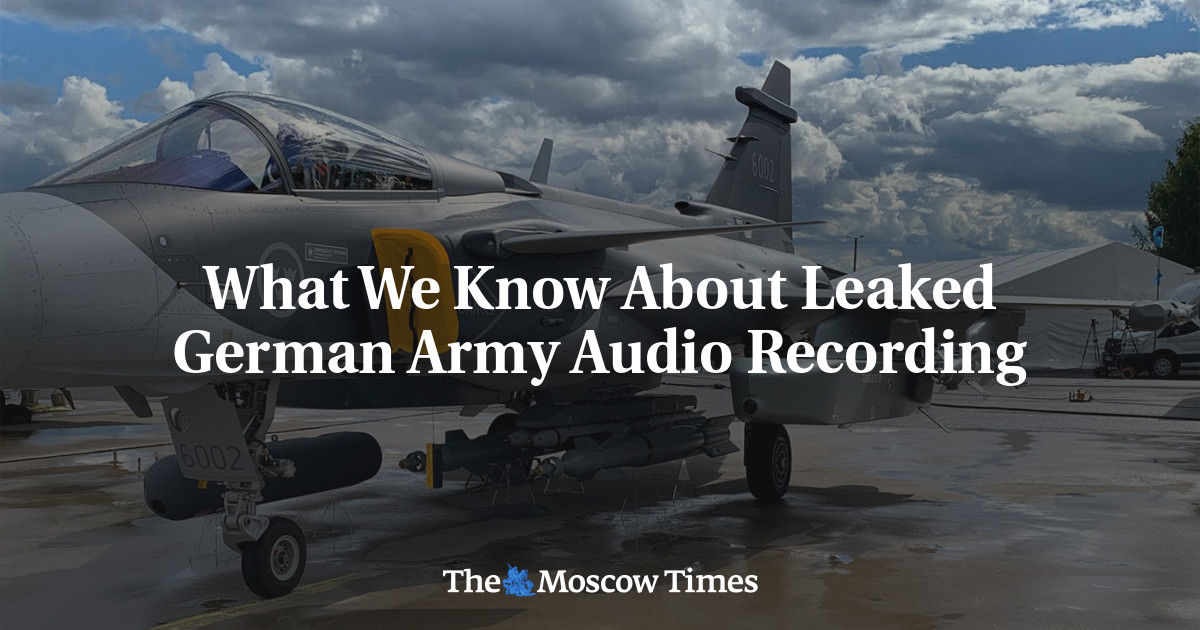
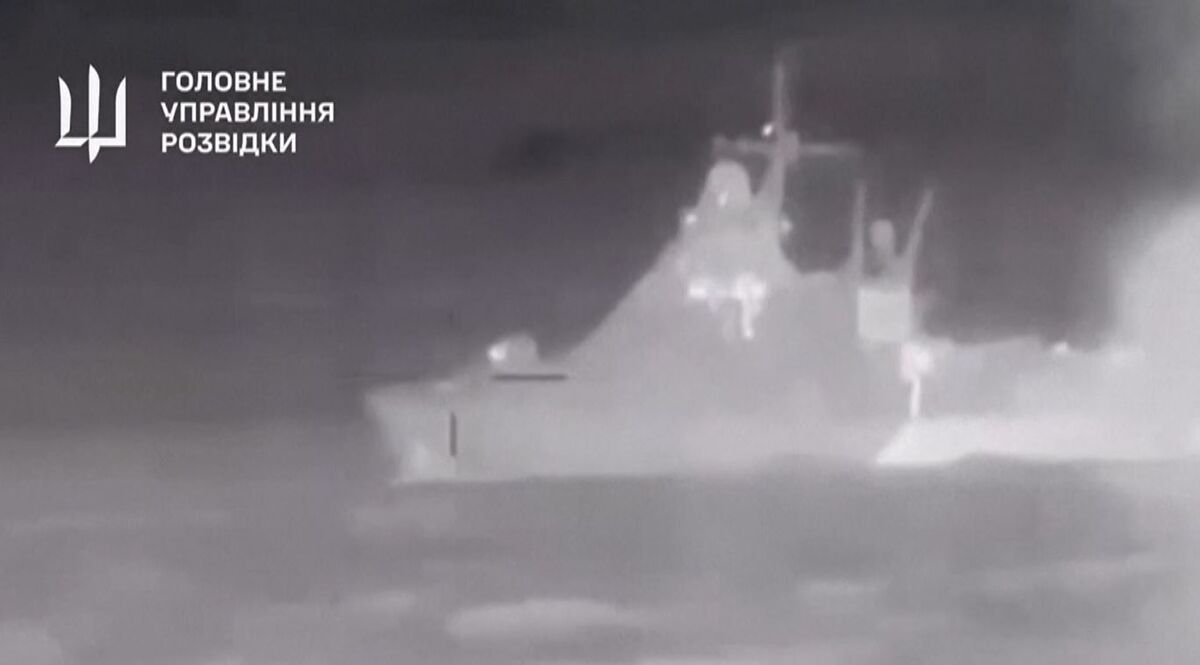
Ukraine claimed it destroyed a Russian Black Sea fleet ship with marine drones at night, a third since the end of January as Kyiv steps up attacks against naval targets.
The Sergei Kotov patrol ship sank after suffering damage to the stern and both sides, Ukrainian Military Intelligence said on its Telegram channel. The attack took place in Ukrainian territorial waters near the Kerch Strait that connects the Black Sea and the Sea of Azov, the statement said.
Russia’s Defense Ministry didn’t comment on the attack in its Telegram channel. Crimea bridge that spans the Kerch Strait was closed for eight hours overnight, the authorities said.
Ukrainian GUR’s Group 13 struck the Russian Sergei Kotov Project 22160 patrol ship with Magura V5 naval drones over night. Videos from GUR and Russian Telegram.

But as the Russian military presses on with attacks in the east, its air force has taken on a greater role. Military analysts say Russia has increasingly used warplanes near the front lines to drop powerful guided bombs on Ukrainian positions and clear a path forward for the infantry. That tactic, used most notably in Avdiivka, the strategic eastern city captured by Russian forces last month, has yielded good results, experts say.
It has also come with risks.
“It’s a costly but quite effective tool that Russia is now using in the war,” said Serhiy Hrabskyi, a retired Ukrainian army colonel. “It’s dangerous for them to send their fighter jets” close to the front line, he added, but it can “impact Ukrainian positions effectively.”
Justin Bronk, a senior research fellow for air power and technology at the Royal United Services Institute in London, or RUSI, cautioned that “overclaiming on kills is a systemic feature of air warfare.”
But he added that Ukraine “has certainly been conducting an increasing number of ambush type engagements” with the help of air defense systems in recent months and has racked up “notable successes.”
Ukrainian officials and military analysts said Russian aviation had played an important role in the capture of Avdiivka, one that required Russian jets “to fly closer” to the front line to maximize the effect of the glide bombs. And that exposed them to the risk of being shot down by Ukraine’s air defenses.
Worth noting from the air war summary for yesterday:
94 glide bombs against targets in Sumy, Kharkiv, Donetsk and Zaporizhzhia regions.
Earlier today, Lithuania announced it would be joining the Czech-led effort to procure artillery shells for Ukraine.
Lithuania joins a growing list of counties participating, including Belgium, the Netherlands, Denmark, Canada, Sweden, and Germany.
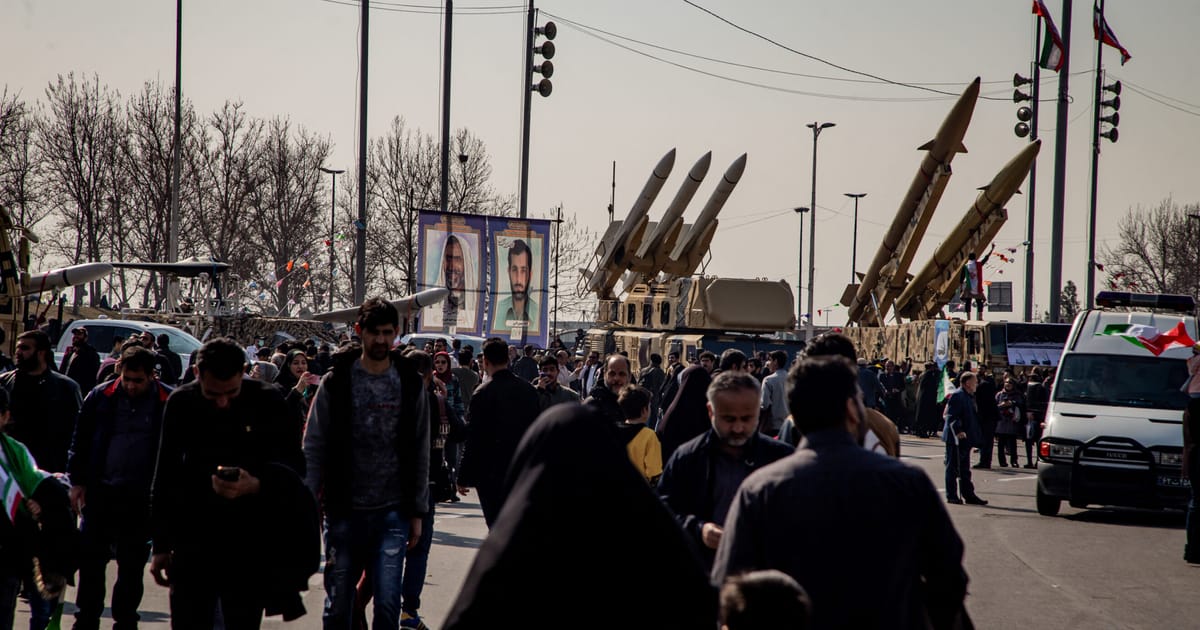
The U.K. believes Iran has supplied Russia with ballistic missiles, Defense Secretary Grant Shapps indicated.
In an interview with the House Magazine, the senior minister confirmed that Britain has information on the reported provision of surface-to-surface missiles from Iran to Russia — but declined to get into the details.
The Reuters news agency reported in February that the Iranian regime had supplied Russia with a large number of ballistic missiles — a report that sparked a swift warning from the U.S. that, if true, Iran would be greeted with a "severe" response from the international community.
Iran publicly denied supplying Russia with the missiles. Speaking this week, Shapps suggested Britain has intelligence backing up the claim.
"I do. I can't go into it," Shapps told the House Magazine when asked if he had any information on Iran's provision of ballistic missiles to Russia.
Macron in Prague: France will contribute to the Czech initiative of acquisition of shells for. Pavel : other possibilities to help
must be explored, including the debate on sending military personnel
Important that Macron is now explicitly saying EPF funds from EU could be used for Czech ammo initiative. France has been arguing through last week that EPF should only be for EU purchases. This is now a shift.
German defence minister Boris Pistorius said an investigation into Russia’s intercept of a high-level military call on Ukraine had revealed that one of the participants had joined via a non-secure line. “Our communication systems were not compromised.”
Russia’s FSB reportedly used Serbian national Novica Antić as an “active ‘agent of influence’” to “infiltrate EU institutions and to spread pro-Kremlin talking points about its invasion of Ukraine,” according to a Western intel briefing seen by POLITICO.
And you think that NATO is not doing the same as well as developing counter tactics and equipment? I would say with more effectiveness. First, Russia has shown itself to be incompetent when compared to NATO standards. Second, China does not have nearly as much direct access to the battlefield and engagement of it's military/intelligence with Russian forces as NATO has with the Ukrainians. Further, the technological loss in advantage is decidedly on the side of Russia as the capture of much of their equipment has been sent to the US for analysis. In fact, it is suspected that the recent heavy air losses Russia has suffered is due to the intel gained on their avionics to help defeat them from previously captured equipment. Yet another reason to support the Ukrainians in beating off the Russian invasion with direct value gained by the US and NATO.This will be a point in history when how we wage war will be changed forever. Similar to the introduction of the machine gun in WWI and the change in tactics it caused, drone warfare is here to stay and it is absolutely the scariest thing you can imagine. Guarantee China/Russia is perfecting this on the battle field in Ukraine.
x.com
twitter.com
The Russian submarine fleet is becoming impressive.
Ukraine Says Russian Ship Sank Near Crimea Bridge After Attack
Ukraine claimed it destroyed a Russian Black Sea fleet ship with marine drones at night, a third since the end of January as Kyiv steps up attacks against naval targets.www.bloomberg.com
Ukraine claimed it destroyed a Russian Black Sea fleet ship with marine drones at night, a third since the end of January as Kyiv steps up attacks against naval targets.
The Sergei Kotov patrol ship sank after suffering damage to the stern and both sides, Ukrainian Military Intelligence said on its Telegram channel. The attack took place in Ukrainian territorial waters near the Kerch Strait that connects the Black Sea and the Sea of Azov, the statement said.
Russia’s Defense Ministry didn’t comment on the attack in its Telegram channel. Crimea bridge that spans the Kerch Strait was closed for eight hours overnight, the authorities said.
Two videos here: https://twitter.com/RALee85/status/1764959610606166135
Ukrainian GUR’s Group 13 struck the Russian Sergei Kotov Project 22160 patrol ship with Magura V5 naval drones over night. Videos from GUR and Russian Telegram.
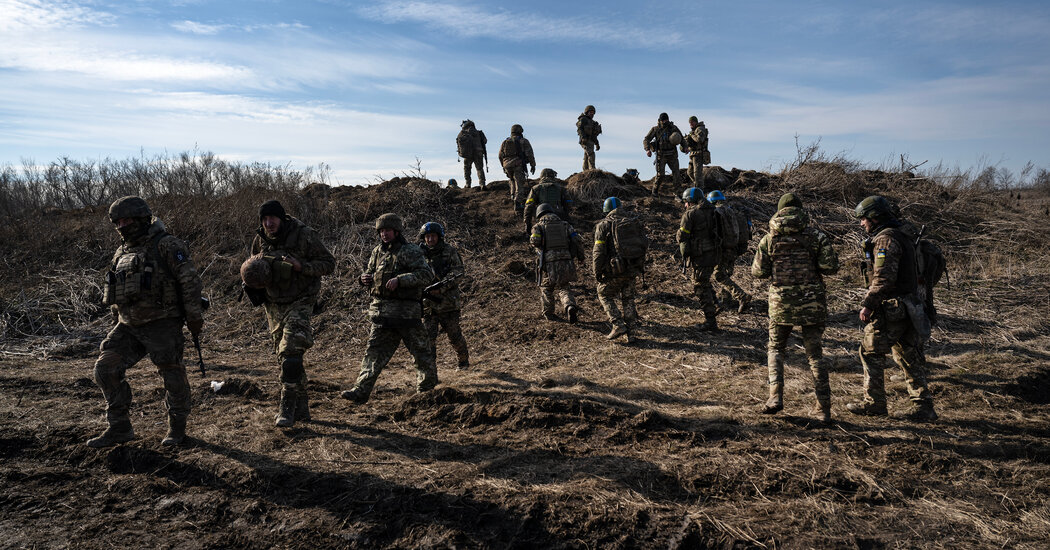
The fighting had become increasingly ferocious last month at the Zenith air-defense base a mile south of Avdiivka, where for years a company of Ukrainian soldiers had defended the southern approaches to the city.
Russian troops had moved up on their flanks and were pounding them from all sides with tank, artillery and mortar fire, smashing their defenses and wounding men.
“Every day we tried to repel enemy attacks,” said Senior Soldier Viktor Biliak, a 26-year-old with the 110th Mechanized Brigade, who had spent 620 days defending the base. “All the fortifications were being destroyed and there was no possibility to build new ones.”
Soldiers interviewed after their retreat described an uneven four-month battle under a relentless onslaught of Russian artillery and glide bombs that destroyed buildings and broke through deep concrete bunkers. As the Ukrainians took casualties they became increasingly outnumbered by the Russians assaulting the city, who broke through at two strategic points and quickly seeded areas with fighters.
The fall of the city, when it came in mid-February, was brutal and fast, occurring in less than a week.
For two weeks, as soldiers warned they could be overrun by Russian forces, commanders told them to keep holding their positions, a delay that cost lives, Soldier Biliak said. Some units were crumbling under Russian fire. One company pulled back to the Zenith base after losing its positions.
The final retreat was dangerous and costly, as Russian artillery fired constantly on the roads leading out of the city. Many soldiers died along the way.
The biggest losses came in the center of the city from the heavy Russian aerial bombardment, said Shaman, 36, a commander of the 25th Separate Battalion, who was monitoring his units from a command post. Some brigades lost contact with units under the bombing. A group retreated to a house and were killed when a glide bomb hit it, said Shaman, who like others interviewed identified himself by his call sign for security reasons.
The capture of Avdiivka was the Russians’ most significant gain in nine months and a blow to Ukrainian forces struggling with shortages of ammunition and men.
As they regrouped in the villages and training grounds after their retreat from Avdiivka, Ukrainian soldiers expressed no doubt why they lost the city, a holdout on the eastern front that had been a target of Russian assaults for 10 years.
“It was the lack of ammunition,” said Shaman, whose battalion was deployed to Avdiivka in October when the Russians began a new offensive against the city. “No question.”
With sufficient artillery Ukrainian troops could have held the city, he said, by hitting Russian supplies and logistics behind lines, and preventing reinforcements from coming in. One soldier, Roman, 48, from the Territorial Defense Force, spent three months in Avdiivka with his unit last spring. “It was difficult,” he said. “We did not have support.” The unit was sent in February to help defend the Avdiivka Coke and Chemical Plant, which served as a headquarters for the Ukrainian military on the edge of the city.
He choked up when describing the casualties his unit had suffered in the war. “We had 20 in the unit, eight remain,” he said. Of his company of 86, only 28 were left, he added. There is no official count for Ukrainian casualties in Avdiivka, but commanders said hundreds were likely lost in the city’s fall.
Intense video of a Bradley IFV, operated by Ukraine’s 47th Separate Mechanized Brigade, somewhere near Avdiivka. The Bradley does a number on a Russian BMP (date/time unclear).
Striking projection, which shows how Germany is likely to be the largest defence spender in Europe by next year.
Emmanuel Macron being brutally honest in Prague today:
"Who launched the war in Ukraine? Vladimir Putin. Who threatens us, whatever we do whatever we say, with nuclear weapons? President Putin.
If every day we explain what our limits are in the face of someone who has none and launched this war, I can already tell you that the spirit of defeat is there lurking. Not amongst us."
A recent survey found most Germans against the decision to send Taurus cruise missiles to Ukraine.
The survey was conducted for the German news agency DPA by an opinion research institute YouGov.
The poll found that 58% of respondents were against sending the missiles. Of those respondents, almost a third were against any form of military support for Ukraine.
Less than 30% of respondents favored the sending of cruise missiles, which have a range of 500 kilometers, to Ukraine.
The survey of 2,169 Germans who are eligible to vote was conducted from March 1, 2024 to March 5, 2024.
German Chancellor Olaf Scholz has so far refused to send Taurus missiles to Ukraine out of fear that Germany could become involved in the war if the cruise missiles hit Russian territory.
While his refusal is aligned with popular opinion, Scholz has come under increasing pressure both from colleagues in the Bundestag as well as Germany's allies.
According to YouGov surveys, opposition to delivering the Taurus missile platform has grown in recent weeks.
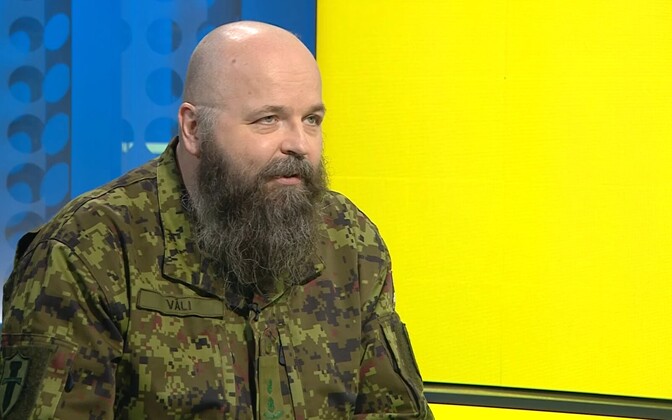
Russian losses at Avdiivka were so great that even the country's radical right stops short of calling it a victory, EDF Lt. Col. Toomas Väli said on "Ukraina stuudio."
"When the Ukrainians decided to withdraw from Avdiivka, moving units out in parts, the Russians immediately advanced. The Russians attempted to mine the Ukrainians' retreat paths, but the Ukrainians managed to avoid them, and later the Russians ran into their own minefields. There's a lot of confusion. Three large villages have fallen under Russian control, but there have also been local counterattacks," said Väli.
Väli noted that the front line is a thousand kilometers long, and the "great" victory that Russian media presented before the presidential elections, capturing Avdiivka, actually involved a village of average size by Ukrainian standards.
"For example, they managed to destroy an Abrams tank and presented it as if Western military technology is failing, which is not true. If, over six months, one Western tank, that same Abrams, has been hit, then 14-15 Russian tanks are destroyed every day," Väli said.
Many in Russia believe that the price paid for capturing Avdiivka was too high, he added.
"It's somewhat like a Pyrrhic victory – there's debate whether as many men have fallen as the Soviet Union's limited contingent in Afghanistan, or twice as many. The number of casualties is so high that it has prompted Russian far-right figures to speak up and question: what is this, can this be called a victory?" said Väli.
Except we have a historic preference for quality over quantity. The drone warfare in Ukraine is a war of quantity over quality. So I don't know if we really want to learn all the lessons that are there to be learned.And you think that NATO is not doing the same as well as developing counter tactics and equipment? I would say with more effectiveness. First, Russia has shown itself to be incompetent when compared to NATO standards. Second, China does not have nearly as much direct access to the battlefield and engagement of it's military/intelligence with Russian forces as NATO has with the Ukrainians. Further, the technological loss in advantage is decidedly on the side of Russia as the capture of much of their equipment has been sent to the US for analysis. In fact, it is suspected that the recent heavy air losses Russia has suffered is due to the intel gained on their avionics to help defeat them from previously captured equipment. Yet another reason to support the Ukrainians in beating off the Russian invasion with direct value gained by the US and NATO.This will be a point in history when how we wage war will be changed forever. Similar to the introduction of the machine gun in WWI and the change in tactics it caused, drone warfare is here to stay and it is absolutely the scariest thing you can imagine. Guarantee China/Russia is perfecting this on the battle field in Ukraine.
x.com
twitter.com
Historically, we have been adaptable. But yes, we have a strong preference for quality over quantity. Unlike the Russians, we actually care to protect our servicemen.Except we have a historic preference for quality over quantity. The drone warfare in Ukraine is a war of quantity over quality. So I don't know if we really want to learn all the lessons that are there to be learned.And you think that NATO is not doing the same as well as developing counter tactics and equipment? I would say with more effectiveness. First, Russia has shown itself to be incompetent when compared to NATO standards. Second, China does not have nearly as much direct access to the battlefield and engagement of it's military/intelligence with Russian forces as NATO has with the Ukrainians. Further, the technological loss in advantage is decidedly on the side of Russia as the capture of much of their equipment has been sent to the US for analysis. In fact, it is suspected that the recent heavy air losses Russia has suffered is due to the intel gained on their avionics to help defeat them from previously captured equipment. Yet another reason to support the Ukrainians in beating off the Russian invasion with direct value gained by the US and NATO.This will be a point in history when how we wage war will be changed forever. Similar to the introduction of the machine gun in WWI and the change in tactics it caused, drone warfare is here to stay and it is absolutely the scariest thing you can imagine. Guarantee China/Russia is perfecting this on the battle field in Ukraine.
x.com
twitter.com
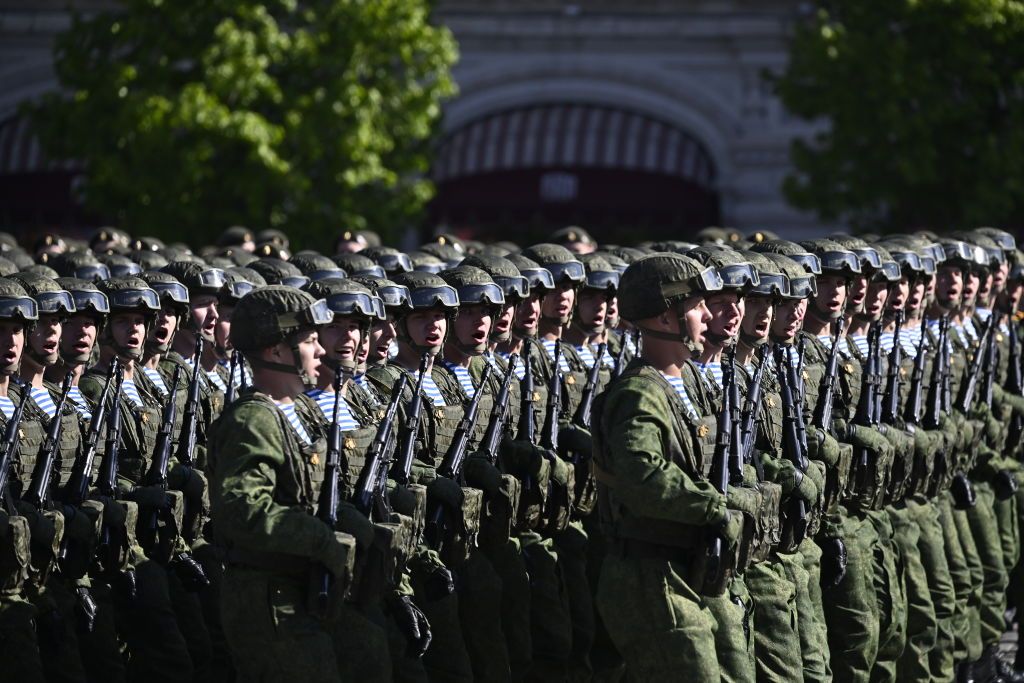
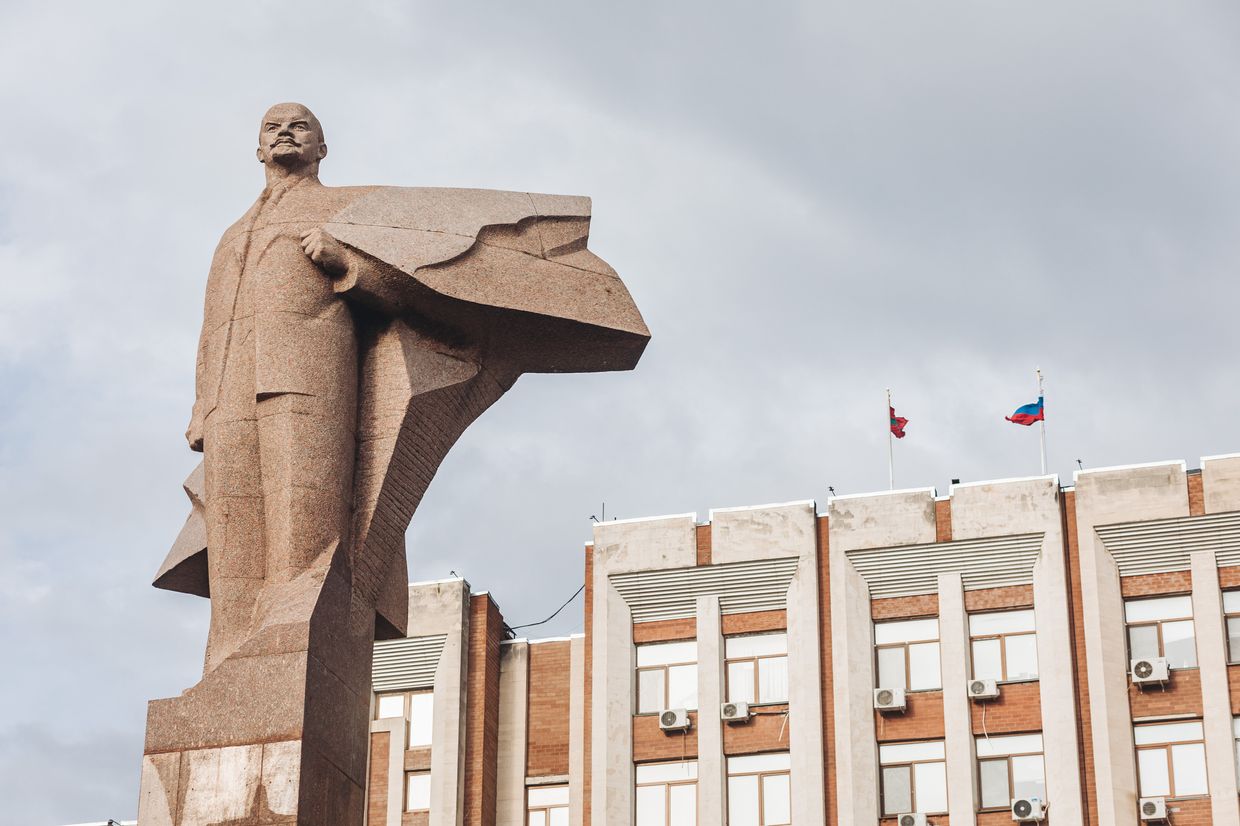
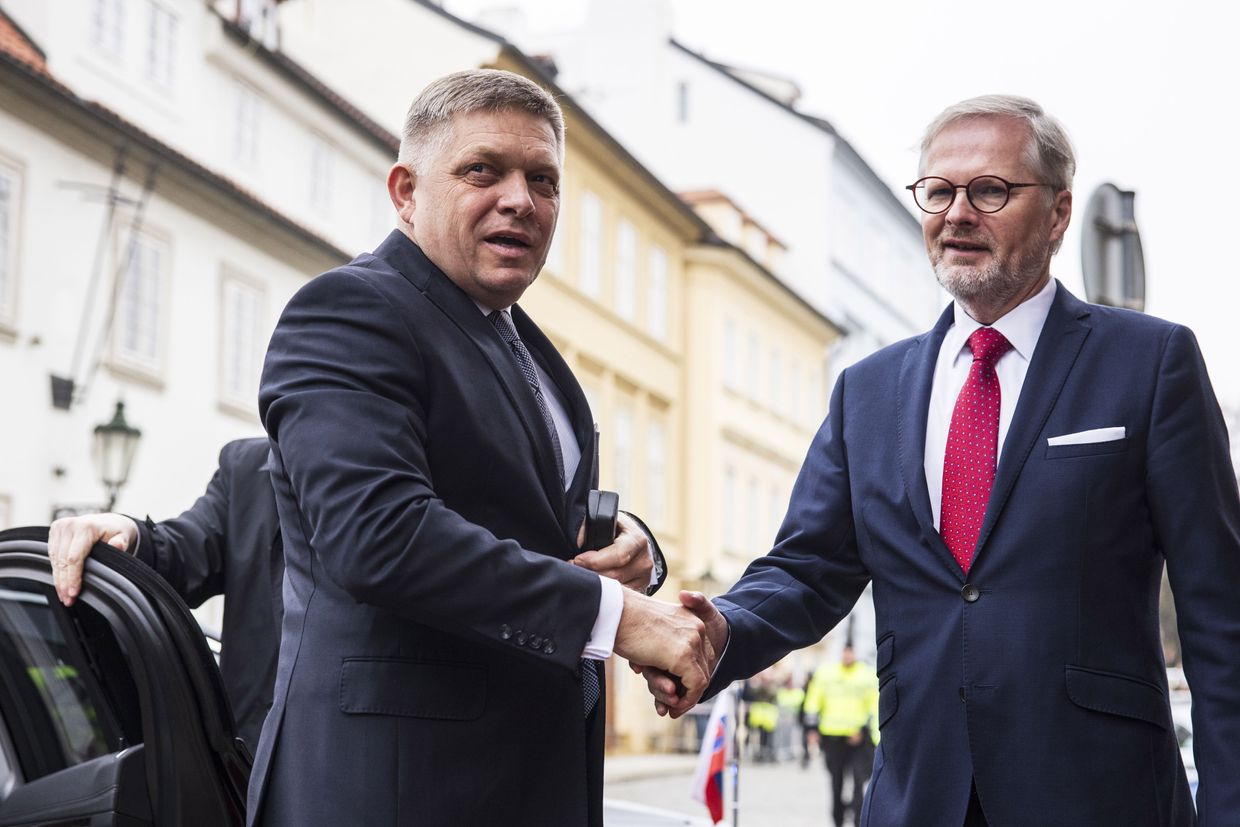
Can Ukraine?
Lithuanian intelligence: Russia can fight Ukraine 'at a similar intensity' for at least 2 years
"Russia has financial, human, material, and technical resources to continue the war at a similar intensity in at least the near term," the report drafted by the counter-intelligence State Security Department (VSD) and the military's Defense Intelligence and Security Service (AOTD) said...kyivindependent.com
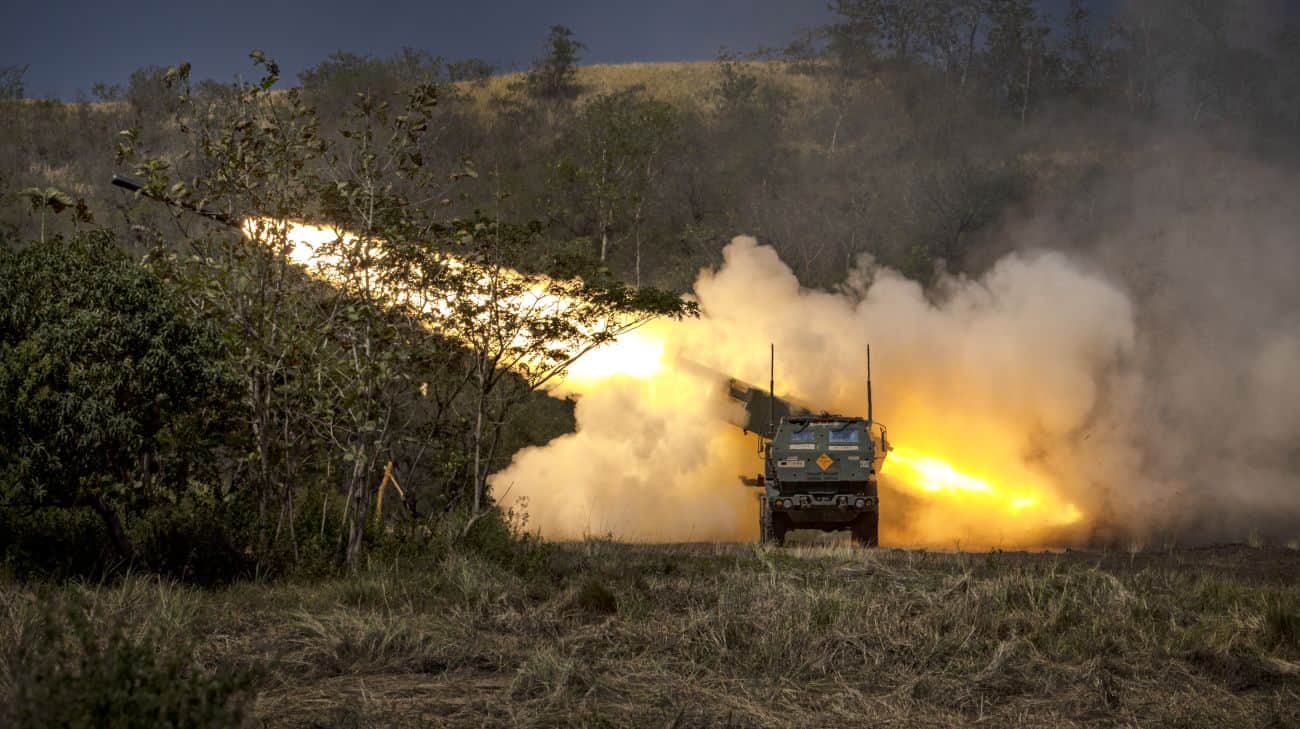
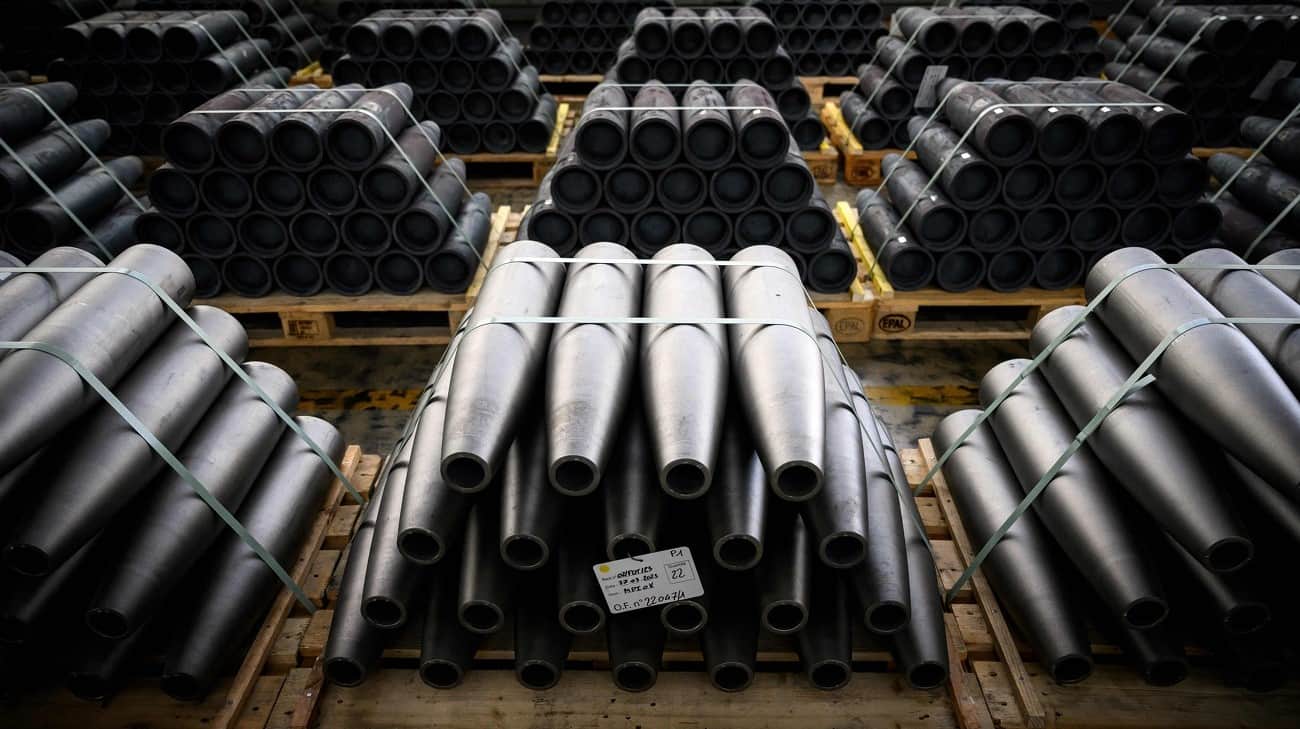
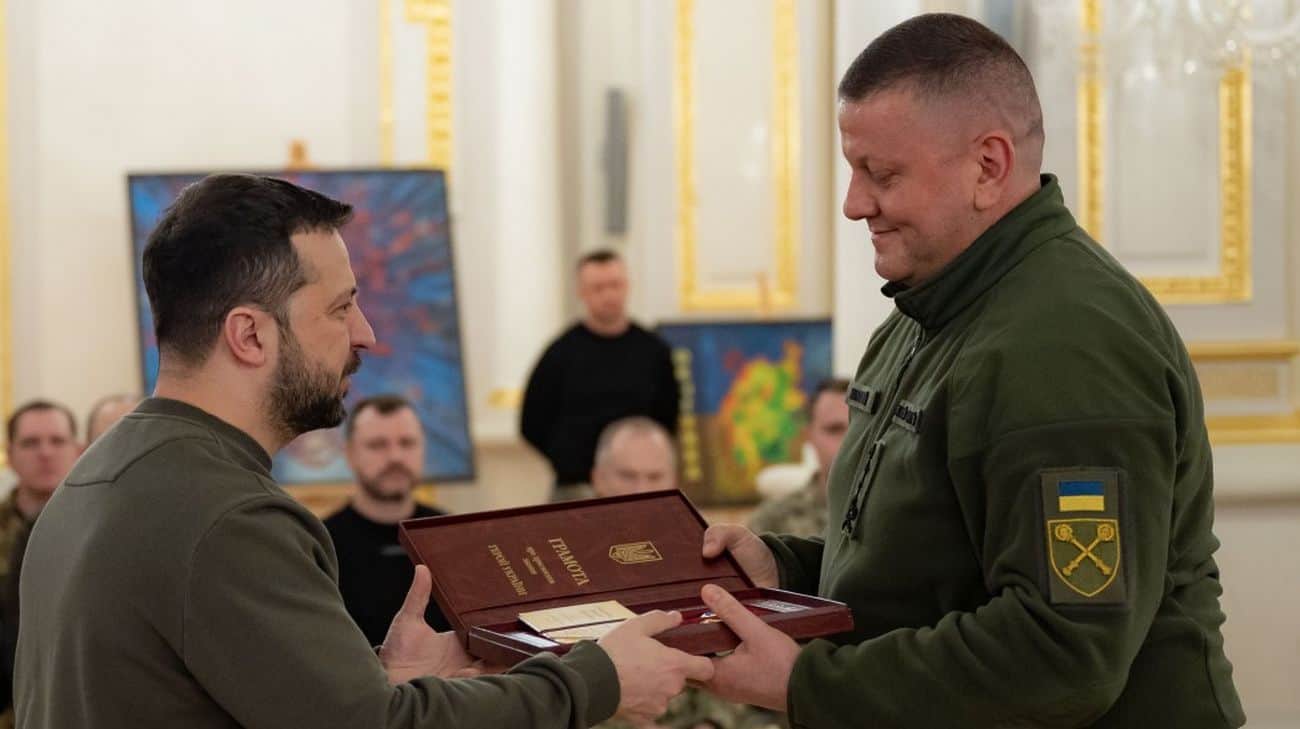
Macron today produced maps of a poss Russian breakthrough towards Kyiv or Odessa which could oblige the west to act to prevent a Russian victory in Ukraine. In talks w French opposition leaders, Macron said there should be no more “red lines” on Fr involvement in the conflict 1/
@EmmanuelMacron summoned leaders of all French parliamentary parties to talks at the Elysée Palace to explain his controversial remarks last week in which he said the deployment of western troops in Ukraine should no longer be excluded 2/
Participants in the meeting said Macron had explained his theory of “strategic ambivalence” – keeping Moscow guessing. Since Vladimir Putin clearly knew no limits, he said, the West had been handing him an advantage by fixing or “interiorising” limits of its own /3
But Opposition leaders of the Far Right, Right and Left said they had been left worried and unconvinced by Macron’s approach (which has also been rejected by the US, UK, Germany and several other Nato countries) /4
Jordan Bardella, the president and de facto Number Two of Marine Le Pen's @MLP_officiel far right Rassemblement National, said threatening to send French soldiers “to fight a Nuclear power like Russia is irresponsible and extremely dangerous for world peace” /5
The Communist Party leader Fabien Roussel said that he feared that Macron was “ready to engage in a bellicose escalation which would be very dangerous” /6
Today’s meeting was the prelude to a two day parliamentary debate next week to discuss a ten year defence pact signed by Macron and the Ukrainian president, Volodymyr @ZelenskyyUa last month 7/
Macron told French journalists on Wednesday that he hoped this debate would “make it clear” which political forces in France supported Ukraine and which supported Russia 8/
Elysée officials deny domestic politics & June EU elex have influenced Macron’s new rhetoric on Ukraine. They say he is driven by the difficult situation on front line, Navalny's murder & Kremlin talk of a possible attempt on his own life when he visits Kyiv later this month 9/
Macron is, however, evidently hoping the new rhetoric will embarrass Le Pen, who had a long history of Putin worship before the Ukr invasion. The Govt spokeswoman, Prisca Thevenot, says it is “quite evident” that Le Pen, unlike Macron, is not “committed to Russia’s defeat” ENDS
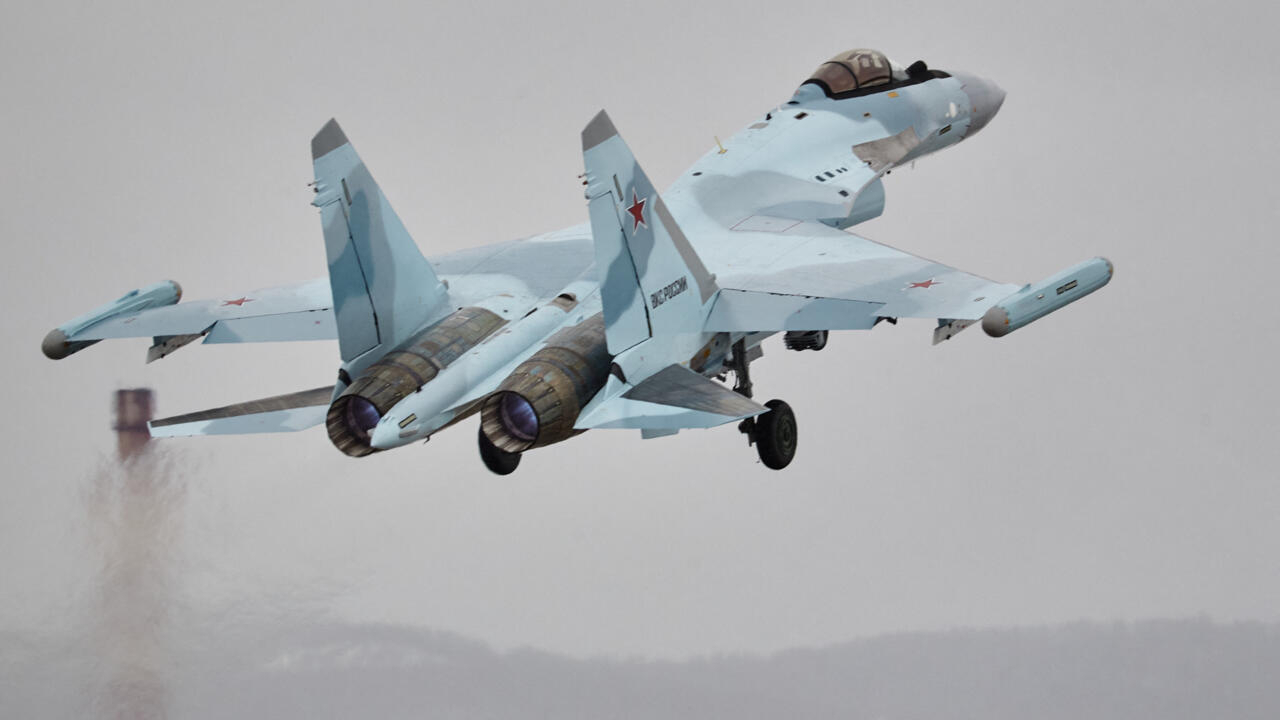
Russia’s air force is in trouble in the skies over Ukraine. In the last two weeks of February, Kyiv said it shot down 14 aircraft, including several Sukhoi Su-34 and Su-35 fighter-bombers. Add the two Beriev A-50 detection and command craft that Kyiv felled a few weeks apart and the toll looks heavier still for Moscow.
Kyiv’s figures could not be independently verified. But as with any such claims of success, Ukraine has “every interest in trumpeting it and presenting it in the most spectacular way possible”, says author and independent defence consultant Marc Chassillan. “It's all part of war propaganda and the Ukrainians would be wrong not to use it, since it contributes strongly to the morale of soldiers and the population.”
Military experts agree on one fact: Russian sorties have increased significantly in recent weeks. After suffering heavy losses during the first month of the invasion, the Russian air force had long kept its distance from the Western anti-aircraft defences deployed by Ukraine. But Russia now appears to be putting its pilots at greater risk to support infantry on the ground.
"To achieve their victory at Avdiivka, the Russians strengthened the role of the air force, and they're trying to keep up the momentum," says General Dominique Trinquand, the former head of the French military mission to the UN. "Naturally, the more planes in the sky, the more opportunities there are to shoot them down. What’s more, when pilots provide ground support, they are forced to descend in altitude, a vulnerability that the Ukrainians are probably taking advantage of."
If this Russian air effort is costly, it also seems to be paying off for ground troops on the front line. By approaching targets as closely as possible, Moscow's air force is increasing the effectiveness of the powerful glide bombs fitted to its Sukhoi fighters. These guided munitions, capable of flying long distances to the front lines, have reduced the risk of Russian aircraft being shot down. Dropped precisely, they can easily destroy the underground bunkers sheltering Ukrainian soldiers.
"Before the war, the Russian air force was not known for using guided missiles on the same massive scale as Western air forces. In fact, the Russians had a huge stock of standard bombs known as FABs. They grafted small airfoils onto them and added guidance kits to make them much more precise," explains Chassillan. "These bombs weigh between 200 and 500 kilograms. When they hit the ground, they do a lot of damage."
Interviewed by the Kyiv Post, the Austrian analyst Tom Cooper put forward another hypothesis: the navigation systems of the Sukhoi Su-34 and Su-35 could have been hacked to make them easy prey for Ukrainian anti-aircraft defences.
"When a Russian plane crashes, the Ukrainians are quick to recover everything they can, especially the electronics, which can provide clues about how to deceive Russian pilots," says Chassillan. "All modern combat aircraft have warning systems that alert them as soon as they are 'illuminated', meaning spotted by radar. A virus or jamming system could render this warning system inoperative. So Russian pilots think they are flying calmly in the sky but are in fact being targeted by a missile."
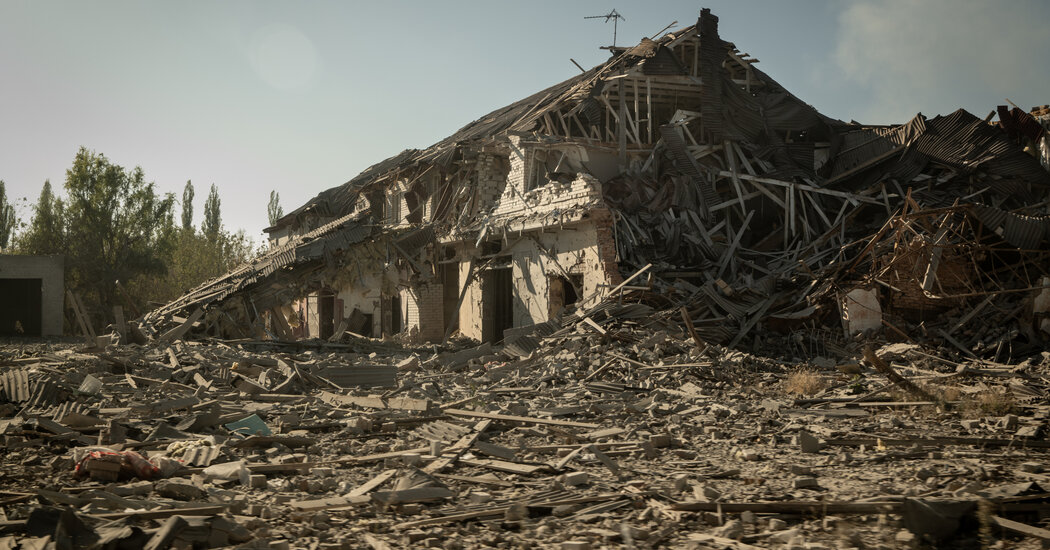
More than two years into their wartime alliance, the bond between the United States and Ukraine is showing signs of wear and tear, giving way to mutual frustration and a feeling that the relationship might be stuck in a bit of a rut.
It is the stuff that often strains relationships — finances, different priorities and complaints about not being heard.
For the Pentagon, the exasperation comes down to a single, recurring issue: American military strategists, including Defense Secretary Lloyd J. Austin III, believe that Ukraine needs to concentrate its forces on one big fight at a time. Instead, President Volodymyr Zelensky, who has vowed to drive Russia out of every inch of Ukraine, expends his forces in battles for towns that U.S. officials say lack strategic value.
The most recent example involved the battle for the eastern city of Avdiivka, which fell to Russia last month. U.S. officials say Ukraine defended Avdiivka too long and at too great a cost.
For its part, Ukraine is increasingly disheartened that American political paralysis has resulted in shortages of ammunition for troops on the front. As each day goes by without a fresh supply of munitions and artillery, and Ukrainian crews ration the shells they have, morale is suffering.
Mr. Zelensky promised a “renewal” of Ukraine’s military in its stagnant campaign against Russia when he dismissed his commanding general, Valery Zaluzhny, last month and named Gen. Oleksandr Syrsky, the head of his ground forces, to replace him.
Gen. Charles Q. Brown, the chairman of the Joint Chiefs of Staff, was on the phone with General Syrsky the next day, as officials in the Biden administration tried to figure out whether they had found an ally in the Ukrainian military for what they see as the most likely route to success.
The jury is still out. Some officials say General Syrsky may be more in sync with Mr. Zelensky than his predecessor.
“Zelensky has made a much more unified chain of command responsive to his leadership as well as advice from outside,” said Senator Jack Reed, a Rhode Island Democrat who heads the Armed Services Committee and recently visited Ukraine.
Two other officials, however, worried whether the new military chief would be willing to push his boss in a direction he did not want to go.
Even now, months after a counteroffensive that failed because Ukraine, in the eyes of the Pentagon, did not take its advice, Kyiv is still too often unwilling to listen.
Just a few miles from Russian trenches in eastern Ukraine, the crump of incoming Russian artillery shells from howitzers, rockets and mortars last Friday was almost nonstop. The Ukrainian response, marked by the sharp bang of outgoing fire, was noticeably less frequent.
In the basement of what used to be a small farmhouse, the shock wave of explosions above ground distinctly changed the air pressure in the cramped, cold room, where a Ukrainian soldier was busily adjusting drone equipment.
“The reasons the Russians can advance is because of the lack of ammunition,” said the soldier, who went by the call sign D.J. in keeping with military protocols. He added that he was frustrated by U.S. inaction, attributing the fall of Avdiivka to the United States’ failure to supply aid.
But a Ukrainian commander, who went by the call sign Chef, was far more forgiving. Had it not been for the United States, Ukrainian forces would still be trying to push the Russians out of Kyiv.
But Avdiivka was the kind of fight that American war planners would have preferred Ukraine to handle differently.
A former American commander with close ties to the Ukrainian armed forces said there was no reason to hold the city as long as Ukrainian forces did except to bleed Russia of more troops and equipment — sacrifices Moscow was more than willing to accept to claim victory.
Even after it became clear that Russian forces, with larger reinforcements, would prevail, Ukraine held out, rather than conduct a strategic withdrawal, U.S. officials said.
As a result, American frustration levels were high with the Ukrainians, especially Mr. Zelensky and the political leadership, according to a senior Western military official and the former U.S. commander. But the Biden administration has said Mr. Zelensky, as commander in chief, makes the call.
Ultimately, Ukraine’s chaotic retreat was a mistake, the former U.S. commander said. Hundreds of Ukrainian troops may have disappeared or been captured by the advancing Russian units, according to Western officials.
The disagreement over Avdiivka was a mirror image in reverse of Washington’s frustrations with the Ukrainian counteroffensive last summer. In that case, Mr. Austin and other American officials urged Ukraine to focus its assault on one main effort along the 600-mile front line and press to break through Russian fortifications there.
U.S. officials believed that General Zaluzhny had agreed with the American advice but that he could not convince his president. So instead of a single defining fight, Kyiv split up its troops, sending some to the east and some to other fronts, including in the south.
The counteroffensive failed. At the Pentagon, some officials say they do not consider last summer’s efforts to have been a counteroffensive at all.
“We say in the military, when you seek to attack everywhere, you can end up attacking nowhere — because your forces are spread too thin,” said James G. Stavridis, a retired admiral and the former supreme allied commander for Europe. “The Pentagon sees this as a mistake and will continue to offer advice to the Ukrainians along these lines.”
“The U.S. side is frustrated because they give military advice and it doesn’t feel like it’s being taken,” said Evelyn Farkas, a former senior Pentagon official for Ukraine and Russia who is now the executive director of the McCain Institute. “But the Ukrainians don’t like being micromanaged.”
On top of that, Dr. Farkas said, “our political system is shockingly unreliable right now.”
Pentagon officials are still giving advice on the military campaign they would like to see in 2024. Three U.S. military officials said in interviews that the United States wanted Ukraine to concentrate long-range strikes on “putting Crimea at risk,” a phrase that translates into attacking the Russian “land bridge” that traverses southern Ukraine and connects Russia to the Crimean Peninsula, which President Vladimir V. Putin seized in 2014.
Russian troops use the land bridge for resupply and logistics, and it is critical for their efforts in southern Ukraine and Crimea.
But again, Ukrainian frustration with American congressional paralysis is at play.
Western officials and military experts have warned that without U.S. assistance, a cascading collapse along the front is a real possibility this year.
Russia is attacking Ukrainian forces at several points along the 600-mile front line as it seeks to capitalize on its recent capture of the eastern city of Avdiivka, its first major battlefield victory in months.
Moscow knows Ukrainian units are short on fresh soldiers and ammunition. The U.S. and Europe are failing to rearm Kyiv quickly. Ukrainian officials and military commanders say Russia’s current tactic of probing attacks is meant to take advantage of Moscow’s battlefield initiative before what they see as a likely major Russian offensive as early as this spring.
“What’s happening right now is what Russia has spent a long time preparing for. It has gathered enough forces and resources to pressure various axes all at once,” said Maksym Zhorin, deputy commander of Ukraine’s 3rd Assault Brigade, which withdrew from Avdiivka last month.
Ukraine’s military, struggling to respond, is husbanding its ammunition and seeking opportunities to hit Russian forces on the move, an approach known as active defense. To halt a better-manned and better-equipped foe, Ukrainian troops are also digging in.
West of Avdiivka, excavators more common to a construction site than a battlefield are carving up the earth to create antitank ditches and trenches. The Ukrainians are attempting to replicate the physical obstacles that Russia created on its side of the front more than a year ago, with deadly effectiveness in stymying Ukraine’s offensive last summer.
Ukraine in November announced a campaign to build an extensive network of fortifications along the front lines, especially in the areas near Avdiivka. President Volodymyr Zelensky called for accelerated construction and urged private companies and donors to get involved.
“On all the main fronts, we need to dig in, speed up the pace of construction,” he said at the time. “The priority is obvious.”
Ukraine’s Prime Minister Denys Shmyhal said on Monday that almost 31 billion hryvnia, or around $800 million, had been allocated for the construction of fortifications.
But Western officials and Ukrainian soldiers say that the campaign hasn’t yielded significant results, and the absence of progress is proving a liability for Ukraine as Russia steps up its assaults. In recent days it has pushed Ukrainian forces out of a string of villages west of Avdiivka, although hills and bodies of water a little further west can serve as natural obstacles for Kyiv that are easier to defend.
“The lack of layered defenses along the front line should be of some concern for Ukraine,” said Franz-Stefan Gady, a Vienna-based defense analyst who recently toured front-line areas in the eastern Donbas region. “The situation will get quite critical for the Ukrainian forces.”
Soldiers in the area say troops assigned to combat missions are being forced to dig trenches, often under fire. The complexity of the task means manpower alone won’t suffice.
“In the circumstances we’re in, we have to dig, entrench and build by ourselves,” said Zhorin. He said he hopes a line of defense toward the city of Pokrovsk to the west is sufficiently developed to withstand an expected Russian assault in the coming weeks.
Offsetting Ukraine’s problems are Russia’s own battlefield shortcomings. While Moscow has more men and resources at its disposal than Kyiv, it has struggled to focus them and instead relies on masses of poorly prepared soldiers to overwhelm Ukrainian positions in a tactic that Ukrainian troops say is costing Russia thousands of lives.
“Russian commanders are struggling to orchestrate complex joint efforts,” said a senior official at the North Atlantic Treaty Organization. “They are ordering undermanned, inexperienced units to achieve unrealistic objectives due to political pressure.”
While Ukrainian defenses are spotty and uneven “we don’t see that Russia has the capability to exploit breakthroughs” and make significant gains, the official said.
Still, Russia is making progress. It is pushing along four different axes in Ukraine’s east, throwing thousands of men into the fight in a bid to push back Ukrainian troops who have had little time to establish robust defensive lines. Unusually dry weather has facilitated the Russian advance, contrary to expectations that muds common to late February would impede it.
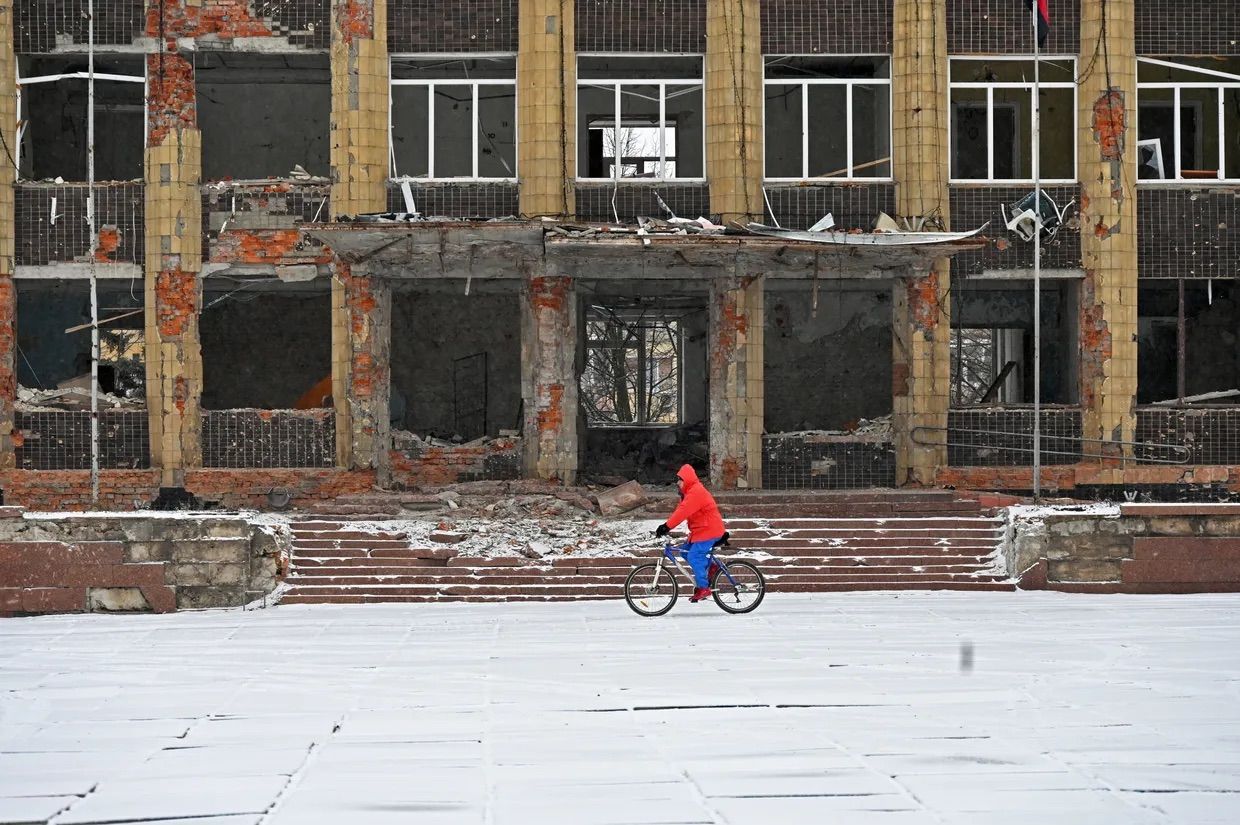
Kharkiv Oblast Governor Oleh Syniehubov announced on March 7 that local authorities would conduct mandatory evacuation of residents living in communities near Kupiansk.
Kupiansk is a crucial strategic city in Kharkiv Oblast that was temporarily occupied by Russian troops in 2022. Kupiansk has recently been under heavy attacks as Russia intensified assault attempts in the area.
All residents will be evacuated from 57 settlements, Syniehubov said.
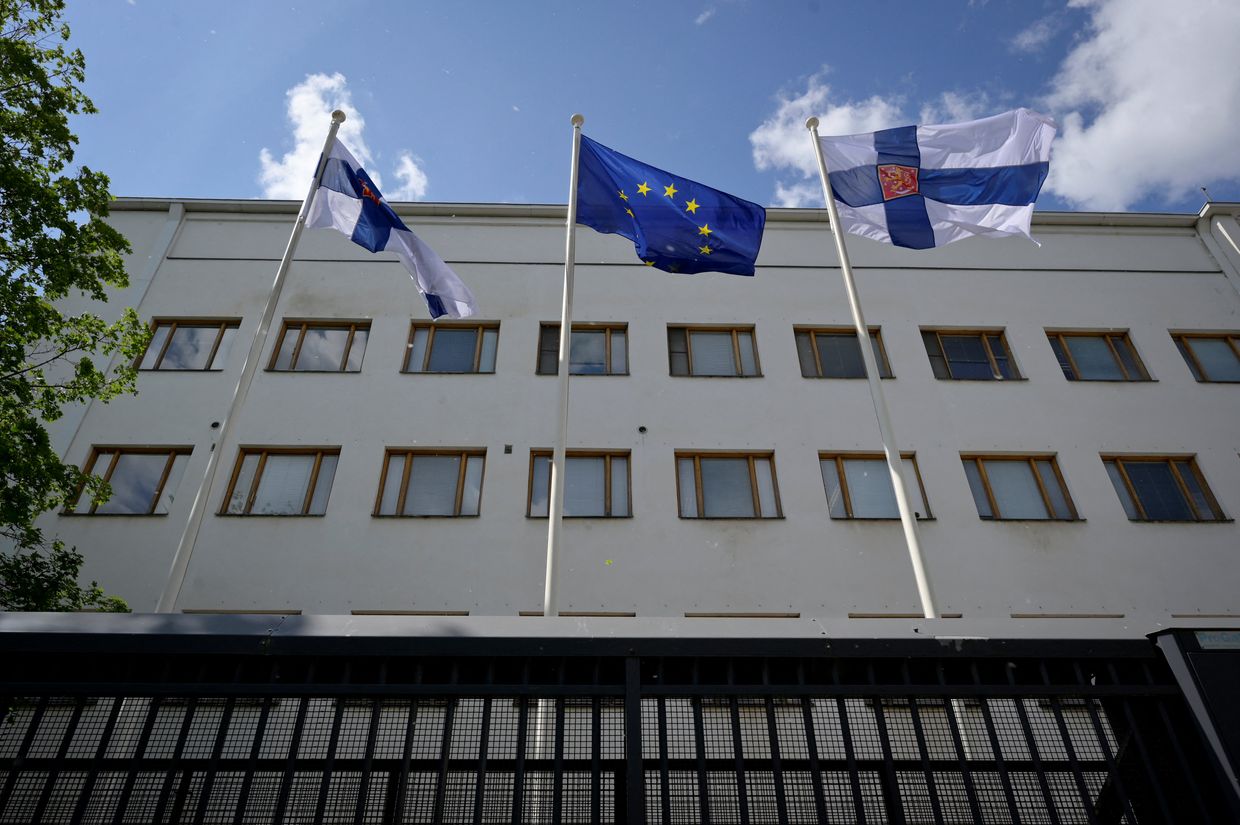
A court in Finland sentenced Estonian-French businessman Gabriel Temin to nine months probation on March 7 after dismissing most of the charges brought against him in a sanctions evasion case.
This is the first sentencing in Finland related to violations of sanctions against Russia, according to Finnish newspaper Helsingin Sanomat.
The Ita-Uusimaa district court sentenced Temin, who has been sanctioned by the EU and U.S., to a nine-month suspended prison sentence for exporting equipment to Russia via Kazakhstan.

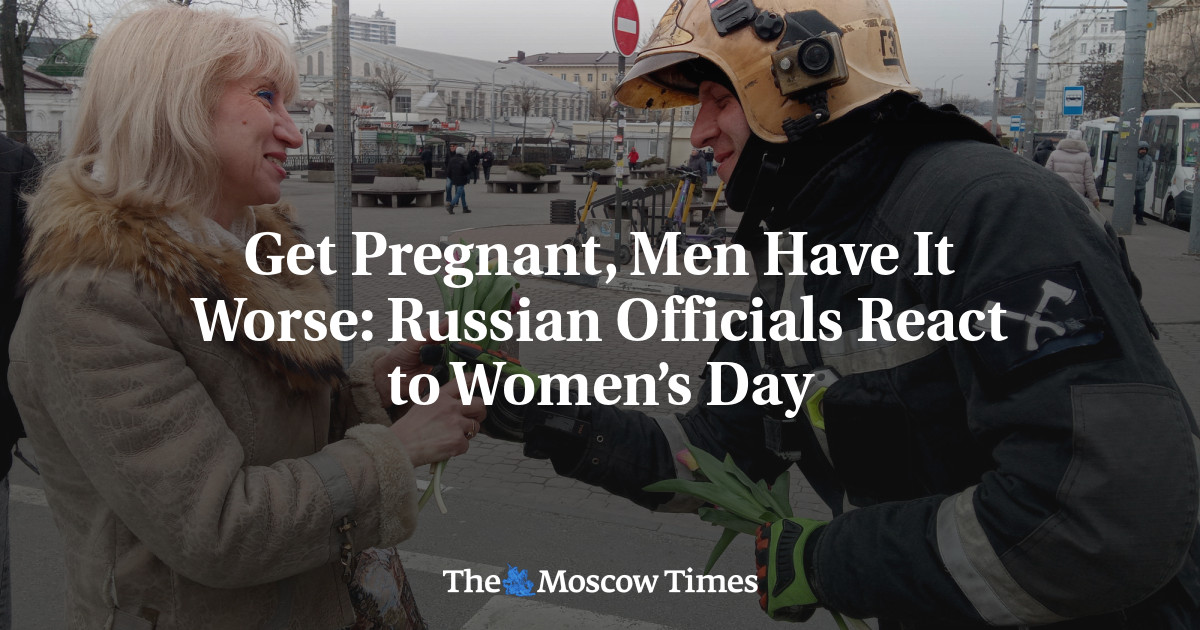
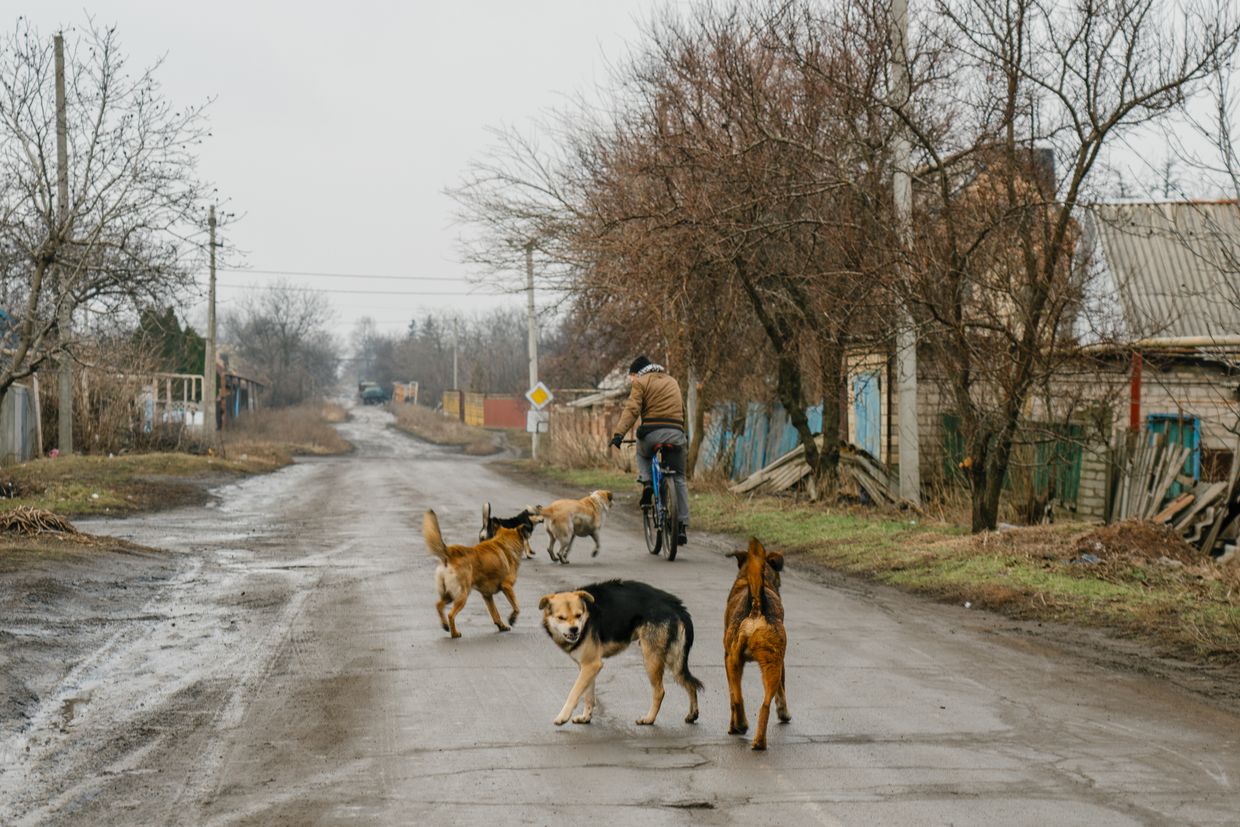
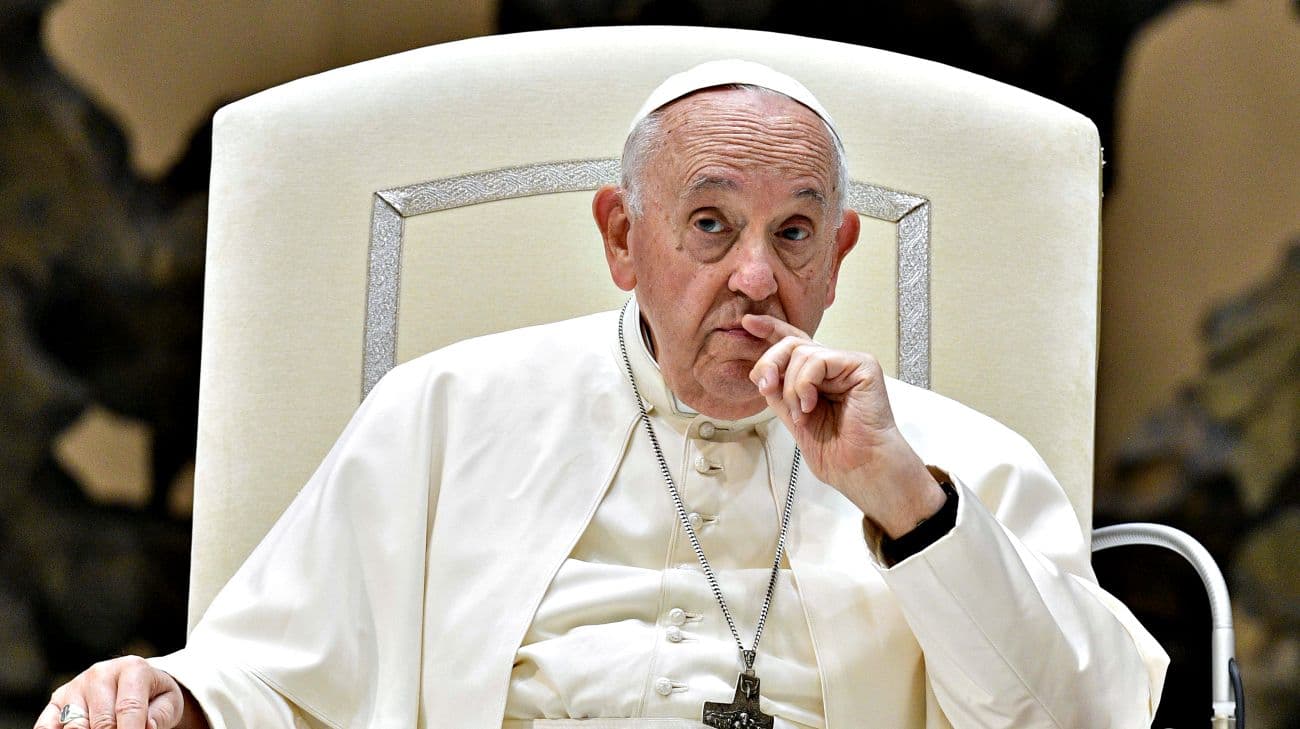
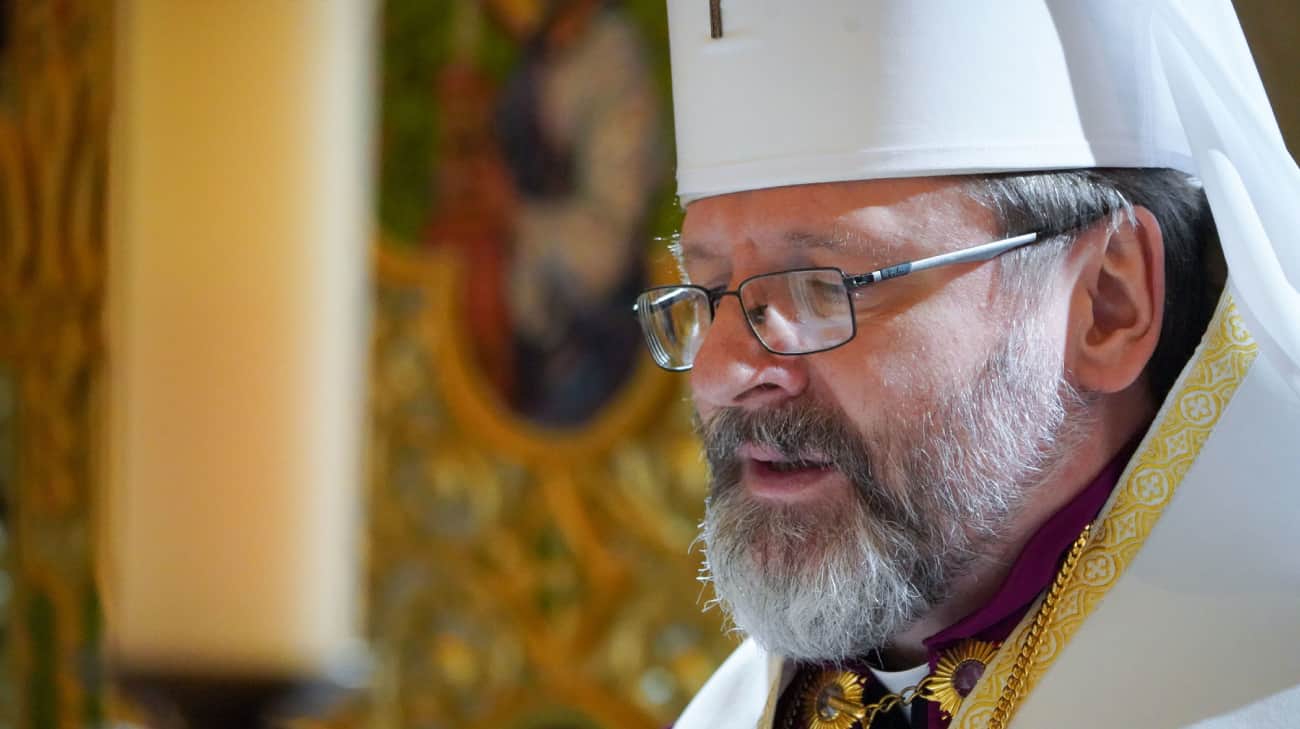

That seems suspect.
Foreign media report destruction of two Ukrainian Patriot systems
International media outlets report that the Russians have destroyed two Patriot systems near the city of Pokrovsk in Donetsk Oblast. The Armed Forces of Ukraine do not comment on this, while the Institute of the Study of War believes it is not true.www.pravda.com.ua
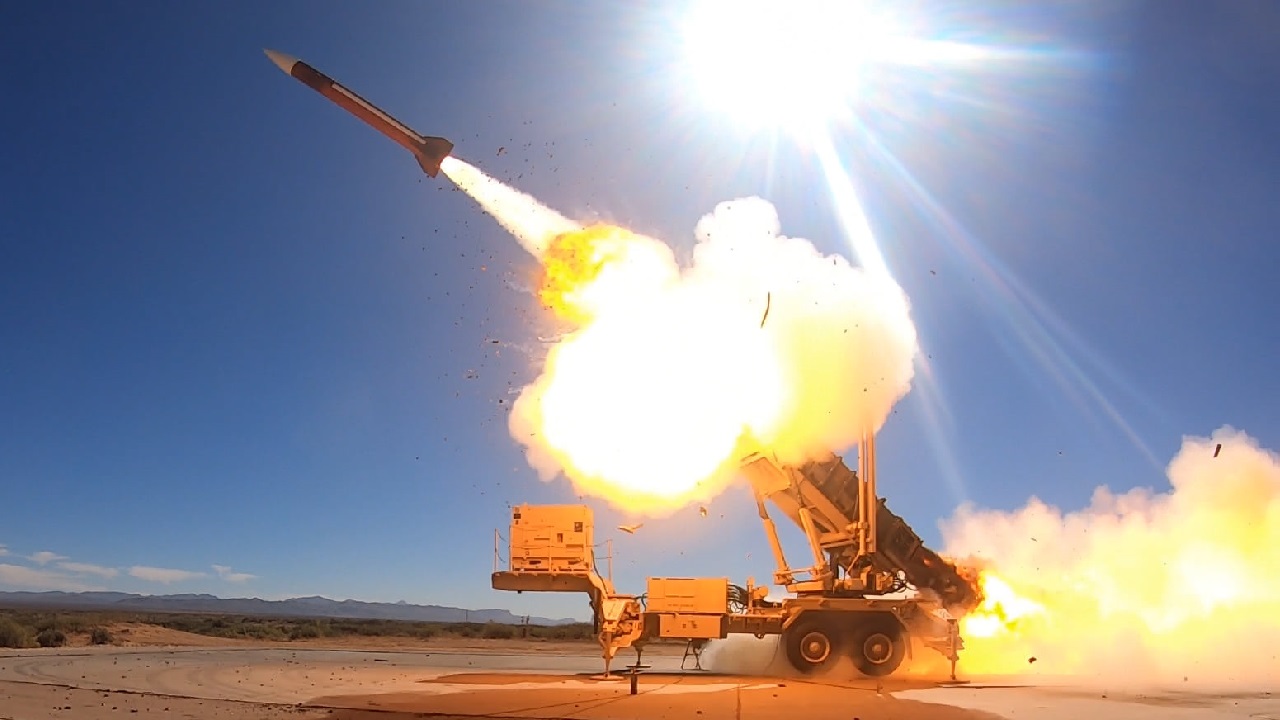
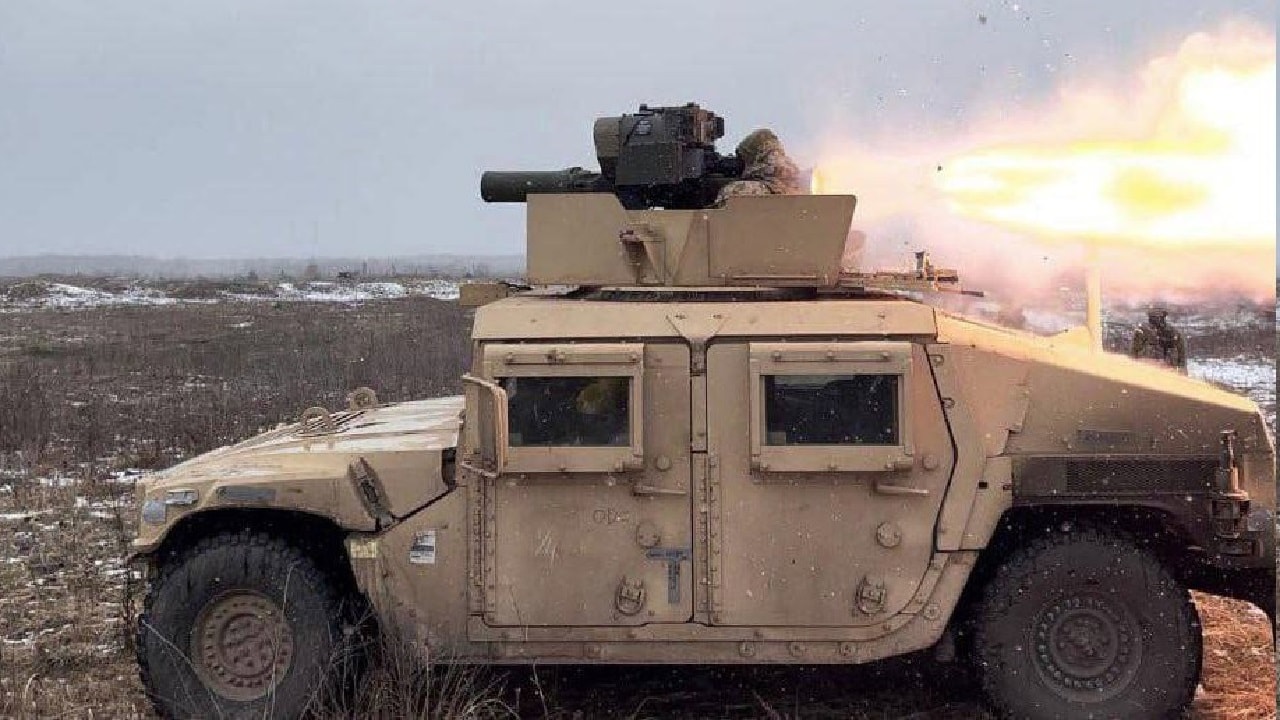
Russia’s air force has dramatically boosted its effectiveness in the Ukraine war with its increased use of “glide bombs,” contributing to Moscow’s recent battlefield successes, according to Western experts.
The plentiful Soviet-era bombs, which carry up to a half-ton of explosives, have been fitted with wings and guidance systems to fly long distances with some accuracy — allowing the Russian jets that release them to operate away from Ukrainian antiaircraft systems.
Along with Russian drones, missiles and artillery, the glide bombs have added new destructive firepower to Russia’s campaign in eastern Ukraine, as seen in the recent conquest of the city of Avdiivka, Russia’s first major victory in nearly a year.
The most effective counter to this increasingly plentiful Russian menace, say Ukrainians, is still a long way off, the U.S.-made F-16 fighter planes the country has been clamoring for.
With the glide bombs, first deployed last year, Moscow has found an inelegant but effective solution to Ukraine’s denial of Russian air superiority since the early days of the war. Although Ukraine has both air defenses and some fighter planes, the glide bombs allow the Russians to attack from greater distances.
The bombs, “unfortunately, have a very high destructive power,” said Dmytro Lykhovii, a Ukrainian military spokesman in eastern Ukraine. These bombs “simply demolish, destroying houses and foundations that can be used for defense fortifications.”
Ukrainian forces also use guided bombs, including the U.S.-made Joint Direct Attack Munition system, or JDAM, which is more accurate than the Russian version but in much shorter supply.
Konrad Muzyka, director of the Poland-based Rochan defense consultancy, said that since mid-December, the number of Russian airstrikes on Ukrainian positions — the majority of them by glide bombs — rose significantly, based on figures from the Ukrainian army general staff.
Since January, Russian airstrikes across the front line have routinely exceeded 100 a day, with nearly 160 occurring four days before Avdiivka fell, he said.
“It just costs [the Russians] nothing really,” Muzyka said. “I would imagine that they have a lot of these bombs and they are not going to run out of them quickly.”
“Russian glide bombs are good for urban warfare, striking places like Avdiivka where you more or less know which area you should be aiming at,” he said. “And at some point, you may destroy a building, but you have essentially no control over which building you will actually hit.”
The Russian military blogger “Military Informant” confirmed on Telegram in a March 2 post that Russian aircraft had “significantly increased rate of use of aerial bombs … on Ukrainian positions,” especially around Avdiivka, “which literally does not allow the Ukrainian Armed Forces to survive and leads to noticeable losses in manpower and territory.”
These munitions are becoming more and more of a problem for the Ukrainians, said Mykola Bielieskov, a military analyst at the government-run National Institute for Strategic Studies in Kyiv.
The bombs’ heavy iron construction makes them nearly impossible to shoot down, Ukrainian officials have said, because air defense systems are calibrated to detect missiles and rockets that fly with a distinct trajectory, rather than to counter aircraft bombs.
“We try to counter them with limited means at hand,” Bielieskov said. Ultimately, one of the best ways to “remedy the situation for Ukraine” would be F-16s, which Ukrainian pilots are training to fly and which could be in use by summer.
F-16s “with latest modifications” of AIM-120 air-to-air missiles “might increase the risks” to Russian jets, “when they either release [the glided bombs] or go back,” he said.
Ukraine’s air defense forces say that in the midst of this increased use of Russian air power, they have scored a number of successes, claiming to have brought down 15 Russian military aircraft — including 10 Su-34s fighter-bombers, two Su-35s fighter jets and an A-50 early-warning and control aircraft just in February.
These claims could not be independently verified, however, and have evoked deep skepticism among some analysts, who caution against using the Ukrainian numbers.
“Over-claiming is consistently a problem in long-range engagement,” said Justin Bronk, an air warfare expert and senior research fellow at the Royal United Services Institute in London. He allowed that some of the aircraft could have been shot down, but said it was also possible that some dropped below radar range to evade Ukrainian fire, causing them to disappear from screens.
“We have not seen a major drop in airstrikes,” Muzyka noted.
British intelligence did, however, confirm the downing of the A-50, one of the most highly prized targets in the Russian air fleet, carrying a sophisticated radar to warn of incoming fire.

One morning in February, an artillery unit of Ukraine's 56th Motorized Infantry Brigade was ordered to cover soldiers at the front and fire at a Russian mine-launching system. The unit, however, fired just twice due to the need to economize on artillery shells.
With a 150-millimeter artillery gun made in the former Soviet Union, the unit is positioned in the muddy forest area near Bakhmut, an eastern city seized by Russian forces last year. When supplies were better, they were able to fire off 400 shells a week, but now have to limit firing to an average of 15 shells a week, according to the unit's field commander, Oleksandr. "Without shells, we are useless," he said without concealing his irritation.
The stock of shells from the Soviet era has almost run out, and the supply of the same type of shells from East European countries, such as Bulgaria and Romania, has also sharply decreased. Ukraine has started producing shells itself, but the production volume is too small to meet the needs of the front line, and the artillery unit's stock of shells is barely replenished.
Shells used in U.S.-made M777 howitzer cannons, which once greatly improved the battlefield for Ukraine, are also running out quickly. America's provision of weapons for Ukraine has sharply dropped because related funding legislation has been blocked in Congress by the opposition Republican Party.
The Russian military has taken advantage of that situation to launch attacks. Another Ukrainian unit with M777 howitzers in positions near Bakhmut was recently assaulted by 200 artillery strikes in one day. "Obviously, the Russian forces are plentifully supplied with shells, and their attacks appear endless," Oleksandr said.

The jets are ready, and the flight instructors are waiting, at a new training center in Romania that was created to teach Ukraine’s pilots to fly the F-16 warplane. But there’s a catch: The Ukrainian pilots have yet to arrive, despite declarations last summer that the center would play a crucial role in getting them into the air to defend their country from increasingly deadly Russian strikes.
It’s still unclear when Ukrainian pilots will begin training at the center, at the Fetesti air base in southeast Romania, which NATO allies also are using to get schooled on the fighter jets. But the delay is a window into the confusion and chaos that has confronted the military alliance’s rush to supply the F-16s.
That is not to say that Ukraine’s pilots are not being prepared. Twelve pilots so far — fewer than a full squadron — are expected to be ready to fly F-16s in combat by this summer after 10 months of training in Denmark, Britain and the United States.
But by the time the pilots return to Ukraine, as few as six F-16s will have been delivered out of about 45 of the fighter jets that European allies have promised.
Yet officials agreed that much uncertainty remains about when each country will send its jets, how many will be sent, how fast pilots can be trained, and how Ukraine will get enough people who can maintain the planes properly.
By normal standards, the training of Ukraine’s pilots on the sophisticated Western jets has proceeded at lightning speed, compressing years of classroom learning, simulations and flight exercises into months.
Even so, it is moving more slowly than Ukraine or its allies had hoped, as pilots trained on Soviet-era planes and tactics have had to get up to speed on the English language and Western military practices to make effective use of the F-16s.
The Ukrainian pilots’ training began last August at Skrydstrup Air Base in southern Denmark, but their deficiencies in language skills and knowledge of Western flying techniques slowed things down. Not until January were the Ukrainian pilots ready to fly, Danish officials said.
Initially, officials said, the Ukrainians were sent to Denmark instead of the training center in Romania because it was not yet open when the pilots were ready to begin. The creation of the center at the Fetesti base was announced last July, at a NATO summit, and in November its instructors began training Romania’s own pilots for that country’s new F-16 squadron.
Last week, combat-ready Romanian and Turkish pilots guided their F-16s in Romanian airspace about 12 miles from the Black Sea, in a mock intercept of a military cargo plane, to demonstrate their ability to protect NATO air space. Later, they streaked across the sky in dramatic swooping maneuvers, showing off for journalists assembled at the Fetesti base below.
Like the Ukrainian pilots, Romanian trainees at the base were skilled at flying Soviet- and Russian-made jets when they began the Western courses in November. But unlike the Ukrainians, Romania’s pilots already spoke English and were familiar with NATO operating standards.
“So the transition for us wasn’t really all that difficult,” said one of the Romanian pilots being trained, a major who would identify himself only by his call sign, Red. “And we’re just excited to continue flying.”
The next class of eight Ukrainian pilots is scheduled to arrive in Denmark at the end of the summer, but it is not clear when any of them will begin training at Fetesti.
“That’s up to the governments and the contracts that support all that,” said Col. Bill Thomas, a retired U.S. Air Force officer who is overseeing a Lockheed Martin training program for the Romanian pilots at the Fetesti base. “We’re still waiting on all the approvals.”
Then there is the matter of the F-16s themselves.
So far, Denmark, the Netherlands, Norway and Belgium have committed to sending about 45 of the jets to Ukraine, enough for three small squadrons. Denmark is sending the first six in the late spring, with 13 more due to arrive over the rest of the year and into 2025.
The other countries have not set a delivery date for their F-16s. The Netherlands, which has pledged 24, will hold on to them until Ukraine is ready to receive them, said Jurriaan Esser, a spokesman for the Dutch Defense Ministry.
About 50 Ukrainian technicians are being trained in Denmark to support and repair the jets and handle their weapons packages, given that the F-16 is so complex that it generally takes eight to 14 people to maintain each one. Officials said Western defense contractors would have to accompany the jets into Ukraine, and remain with them, until there were enough Ukrainian crews to maintain them properly — a process that could take years.
And the need to repair Ukraine’s aging and war-damaged military runways could further delay the F-16s’ entry into the war.
The commander of the Russian Navy, Adm. Yevmenov, has been removed from his position, according to Russian state-controlled media. The Russian Black Sea Fleet has lost more than a dozen ships to Ukrainian strikes and is largely unable to function.
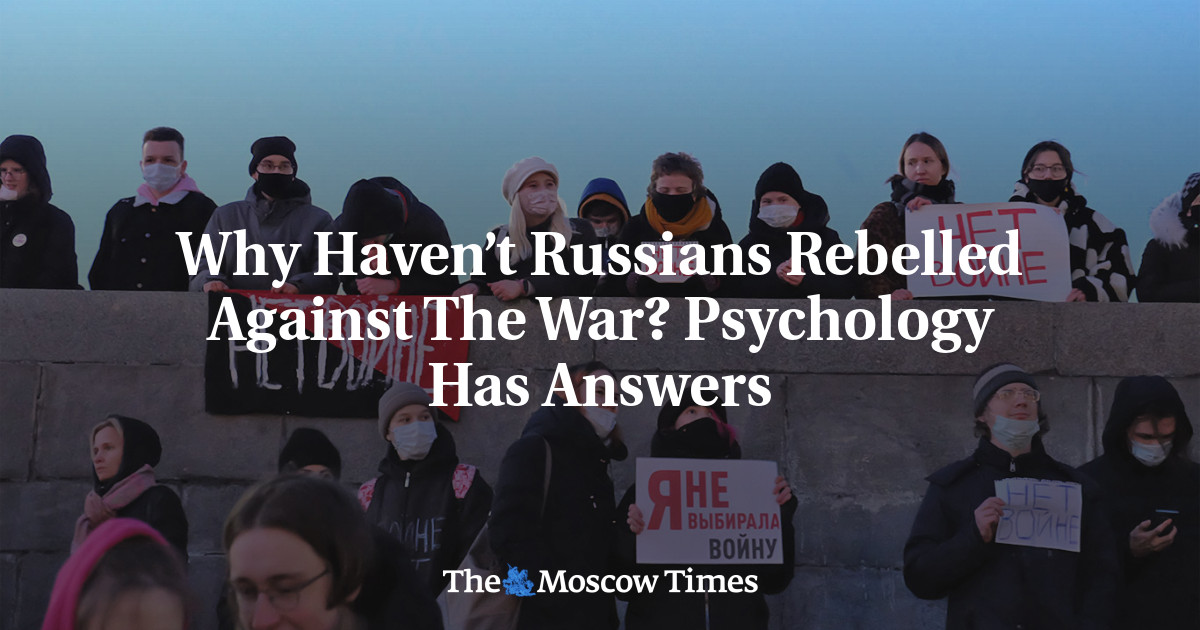
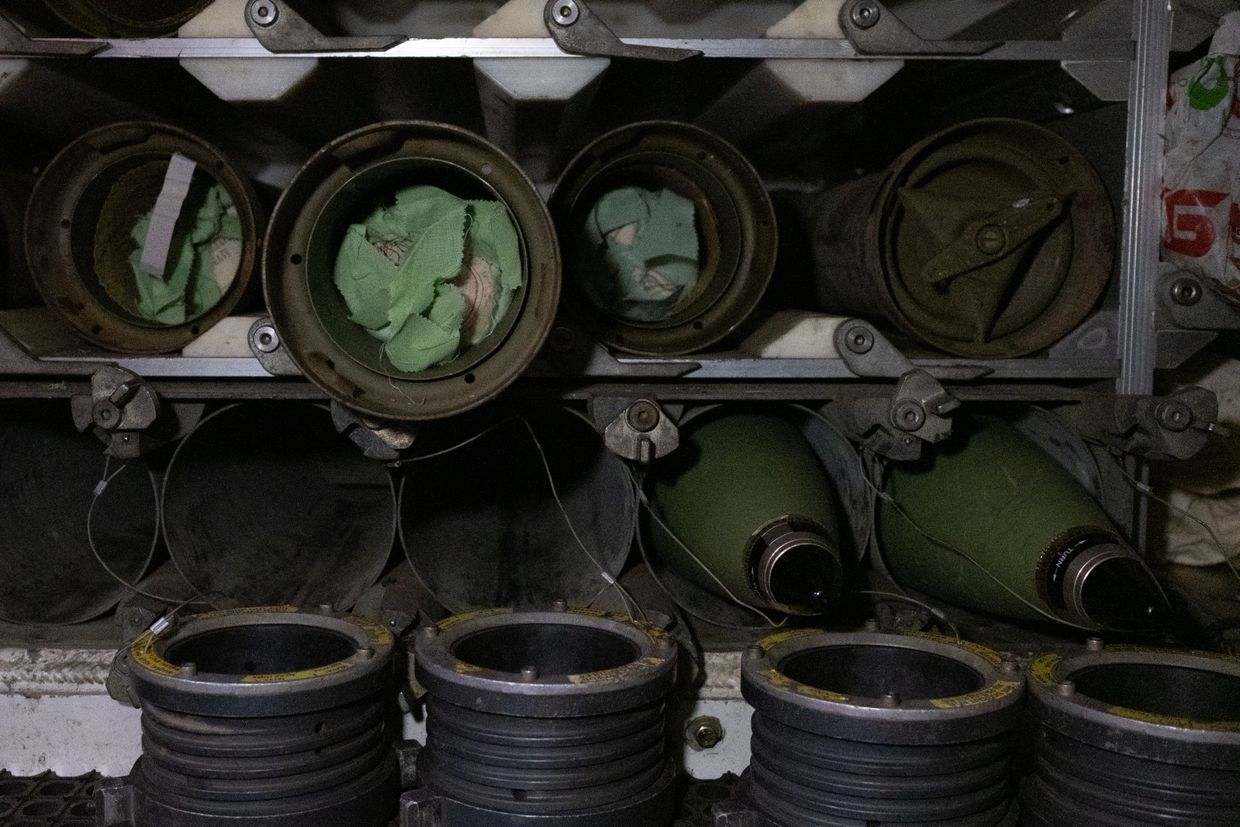
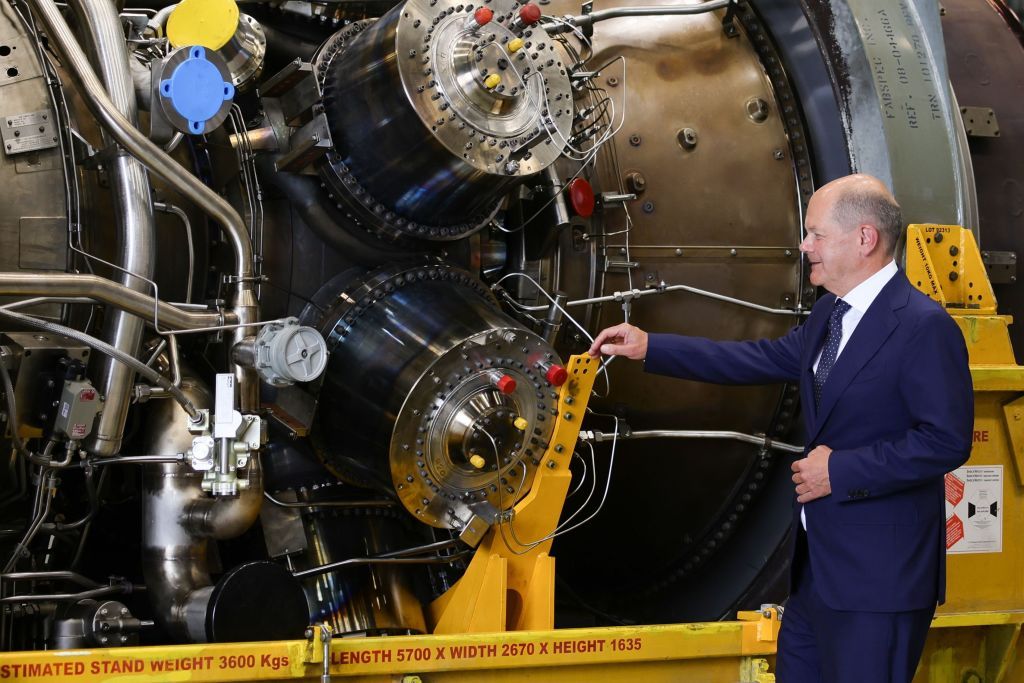
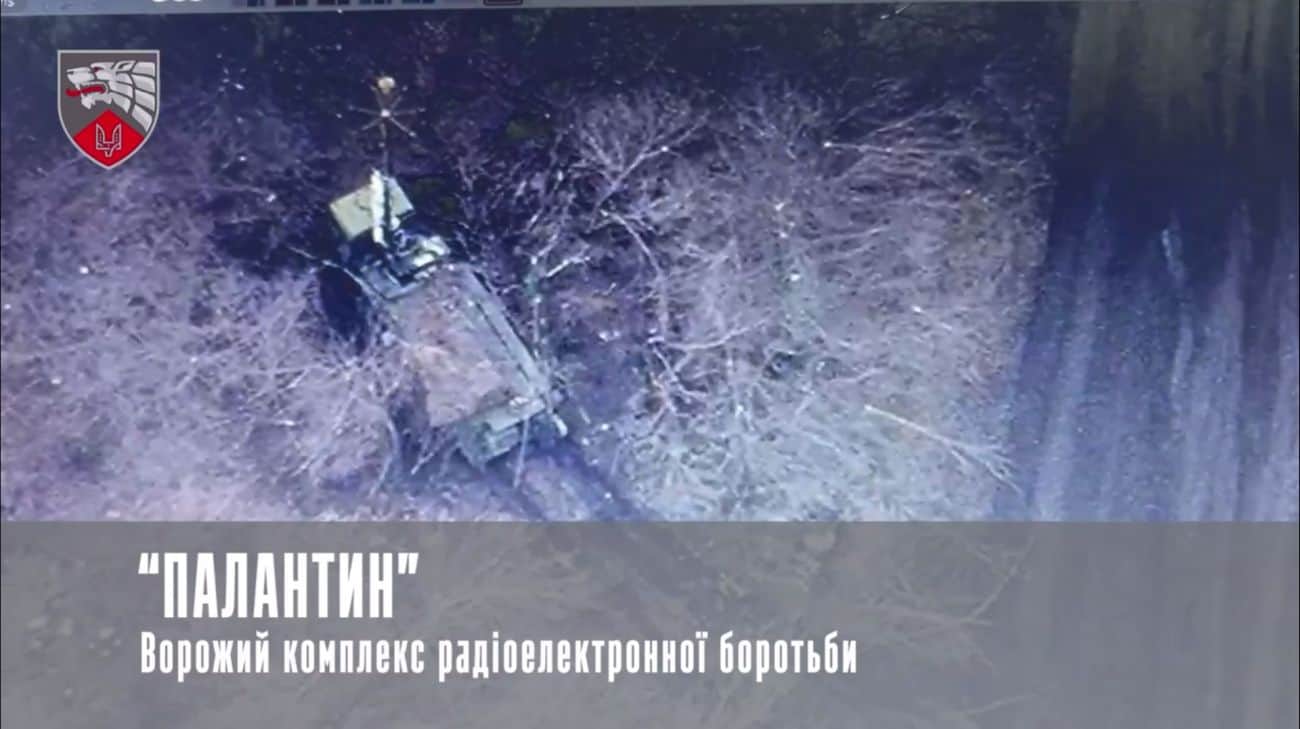
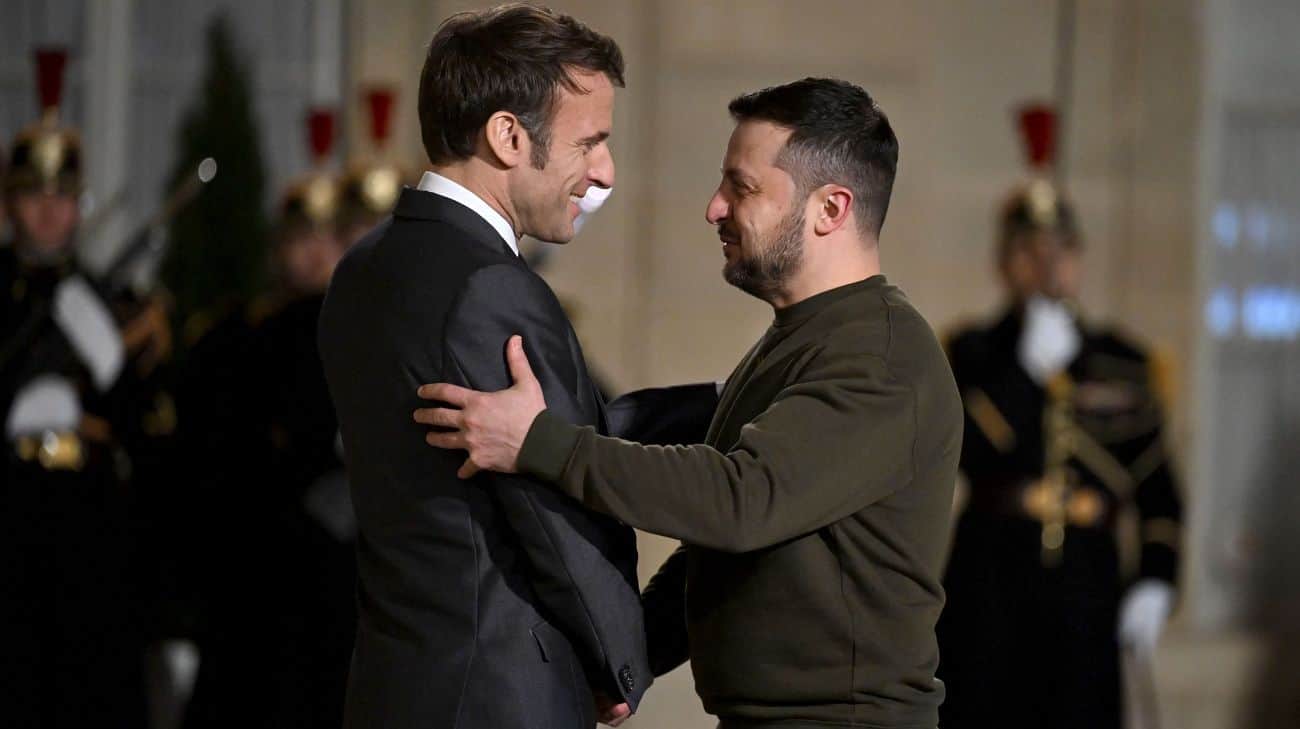
Using advanced weaponry supplied by western countries and its own home-made drone capabilities, Ukraine has sunk several Russian warships and shot down many high-value aircraft, forcing Russia to relocate its Black Sea fleet and halt round-the-clock air reconnaissance of the battlefield.
Ukrainian officials who confirmed the change in Russia’s navy leadership also told the FT that an attack by Ukraine at the weekend had critically damaged two Russian A-50 long-range radar detection planes at an aircraft repair facility in the southern port city of Taganrog.
Sobering piece by @HoansSolo. He warns of "a Kharkiv-2022 scenario in reverse in 2024", with Russia exploiting Ukrainian weaknesses in manpower, ammunition and prepared defences to advance "deeper and faster into Ukrainian territory than in the past."
He does point out Russian weaknesses, too. Russia "will probably only have the resources for another battle on the size of the battle for Avdiivka in 2024...Russia must first replace the lost armored vehicles again."
Listening to @KofmanMichael talking to @RALee85 on the Russia Contingency podcast. Kofman: “Manpower is going to be the decisive factor for Ukraine this year.” Battalions of 300+ men have only 50-60 men, capable as assault infantry. Much depends on “stalled” mobilisation law.
Reports say and video shows a Russian IL-76 military transport plane caught fire and crashed near Ivanovo, east of Moscow today. Some Russian Telegram channels say 12 on board but much still yet to be determined, including the cause.
I've wondered how far Ukraine could push into Russia ever since the short lived Wagner revolt.
Edit- the article below is for Tuesday, Chaos could be hearing about Wednesday. Also smart of Ukraine to send Russians into Russia, perhaps that prevents tactical nukes from even being on table.
In a coordinated attack, at least 25 Ukrainian drones and nine missiles struck oil depots and other targets while three battalions of Ukrainian forces crossed the border and began fighting in Russia.Source: Reuters

The Biden administration announced on Tuesday that it was sending up to $300 million in weapons to Ukraine, the first new aid package for the country since funding ran out in late December.
The package, pulled together from money that Army accountants cobbled from savings from contracts that came in under bid, includes air defense interceptors, artillery rounds and armor systems, senior defense officials said. It was unclear whether the measure included longer-range missiles known as ATACMs.
It is a stopgap measure at best, the officials said, but Ukraine is in dire need of air defense systems in particular, as Russia has continued its bombardment of towns particularly in the east.
The makeshift solution would keep advancing Russian troops at bay for only a few weeks, one official said.
The U.S. is planning to send a number of additional Army Tactical Missile Systems to Ukraine, as part of a new $300 million package of military aid, according to two U.S. officials with knowledge of the discussions.
The U.S. will send Kyiv additional Anti-Personnel/Anti-Materiel, or APAM, missiles, which are an older version of the long-range ATACMS, according to one of the officials. The missiles travel 100 miles and carry warheads containing hundreds of cluster bomblets. The officials were granted anonymity to speak ahead of an announcement.
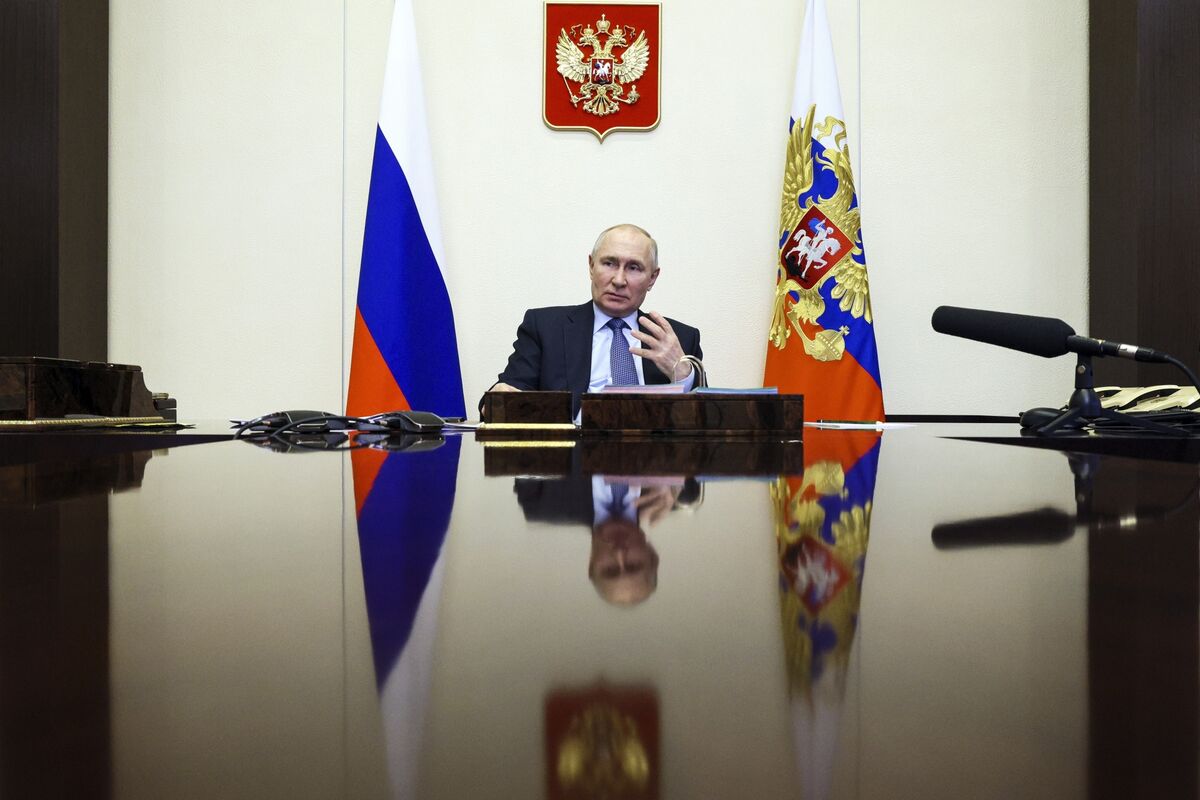
Putin may carry out a significant government shake-up for the first time since 2020 after this week’s elections, according to people close to the presidential administration and the government. While the Kremlin hasn’t yet finalized a list of names and appointments, several potential changes are likely as the president looks to refresh his team at the start of another six years in power, the people said.
Nervousness about a government shuffle is rising among the political and business elite as Putin prepares to gain a fifth term in the March 15-17 election that’s tightly controlled by the Kremlin. With Russia’s invasion of Ukraine now in its third year, officials are working to ensure a landslide for Putin as the country’s war leader. Such a victory has taken on added importance after last year’s unprecedented mutiny by Wagner mercenaries shook his authority as president.
“For the Kremlin it is important to send a signal of rotation and fresh blood is needed,” said Mikhail Vinogradov, the head of the St. Petersburg Politics Foundation. Expectations of change “are being raised around all positions” in the government, though the level of speculation about who may be moved risks distracting top leadership from dealing with military issues, he said.
Energy Minister Nikolai Shulginov, 72, may step down, according to two people with knowledge of the matter. One of the people who may replace him is Boris Kovalchuk, who’s expected to resign as chief of the utility holding Inter RAO this week, people familiar with the matter said.
